Ancestral Night, by Elizabeth Bear [Saga Press / Simon & Schuster]
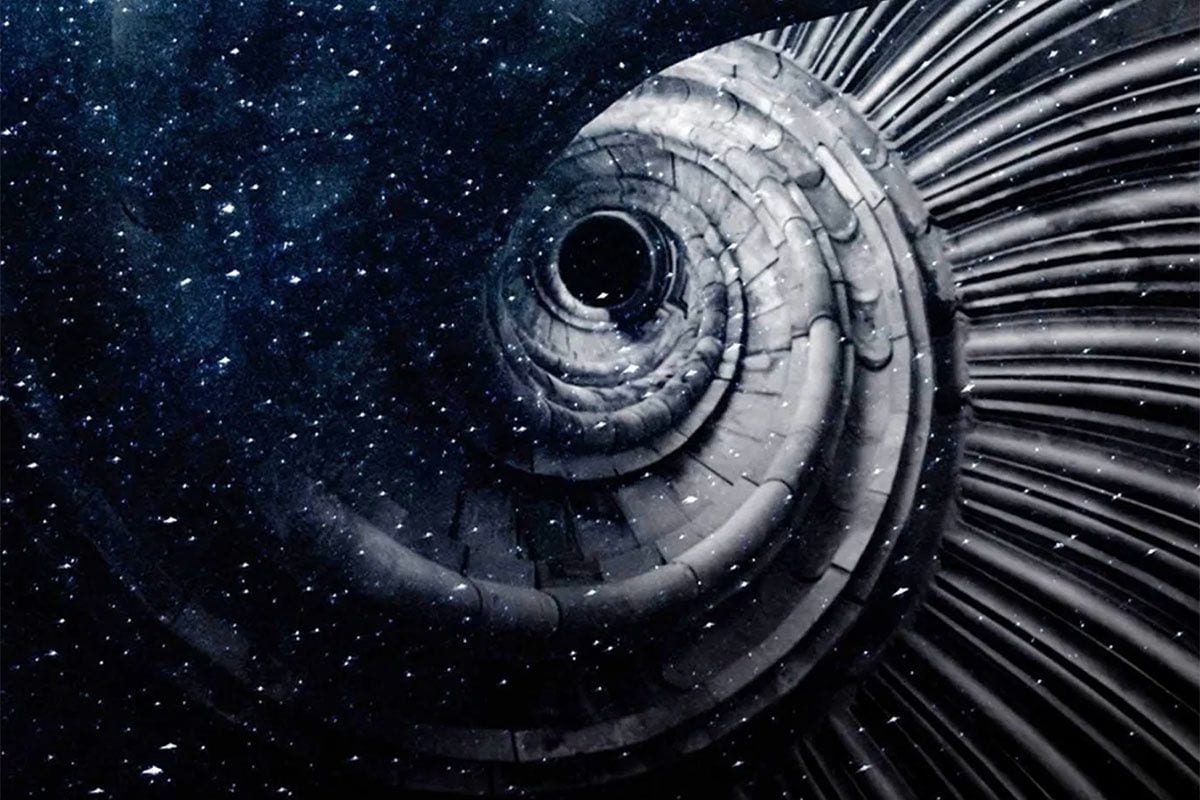
Elizabeth Bear’s Ancestral Night immerses readers in a strange, futuristic universe from the very first pages, and while some of the concepts and language may be difficult at first for readers who want simple, unchallenging texts or are not used to the more speculative side of the genre, those who persevere will quickly be hooked. The book’s sweeping sense of mystery and discovery is what initially hooks, but it’s the speculative and complex world Bear has constructed which is most rewarding in the end.
Ancestral Night is a wise, intelligent book for modern-minded, thinking readers. Bear has dabbled in the steampunk and fantasy vein in the past, and while elements of that are recognizable here, for the most part this is hard sci-fi combined with brilliantly imagined speculative fiction. Bear has constructed a fascinating, absorbing universe populated with compelling and intelligent characters who conform to neither clichés nor stereotypes. It’s sci-fi of the top order, and here’s hoping we see more of it. – Hans Rollmann
Read more about this book here on PopMatters.
Angola Janga: Kingdom of Runaway Slaves, by Marcelo D’Salete [Fantagraphics]

Angola Janga (the title means “Little Angola”, the region of Africa from which many of its inhabitants were abducted) has the blunt visual power of black and white woodcuts. While Marcelo D’Salete stays inside the lines of his rectangular panels and gutters, the energy of his images—the angled perspectives, the chiseled details, the abrupt close-ups, the streaked strokes of his shading—are a match for his equally powerful subject matter.
The collapse of Palmares, a community of escaped slaves in Brazil, is a historical fact D’Salete cannot avoid, giving his novel an inevitably tragic slant. But he copes with its reverberations well, drawing a brief, unexpected, and poignant leap into 21st-century Brazil in his final chapter, before concluding with an extended sequence featuring one of his most effective braidings: the star motif that literally unites the cosmos with the spiritual plight of the people of Palmares. – Chris Gavaler
Read more about this book here on PopMatters.
Article 353, by Tanguy Viel [Other Press]

What do we do when the cruelty and greed of the modern world become too much to bear? When greedy developers ruin our towns, divide our communities, and con us out of our hard-won savings? Do we off ourselves, like one of the characters in Tanguy Viel’s novel, Article 353?
Or do we murder the greedy developers who contribute to making our world such an irksome, avaricious place?
The latter is the approach taken by the protagonist of Article 353, a politically-charged, darkly atmospheric, and cathartic indictment of neoliberal capitalism. It’s replete with suffering and shattered hopes, but in the end, innocence — and the primitive justice through which it expresses itself – achieve a surprising reprieve. – Hans Rollmann
Read more about this book here on PopMatters.
Beautiful Darkness, by Fabien Vehlmann and Kerascoët [Drawn & Quarterly]
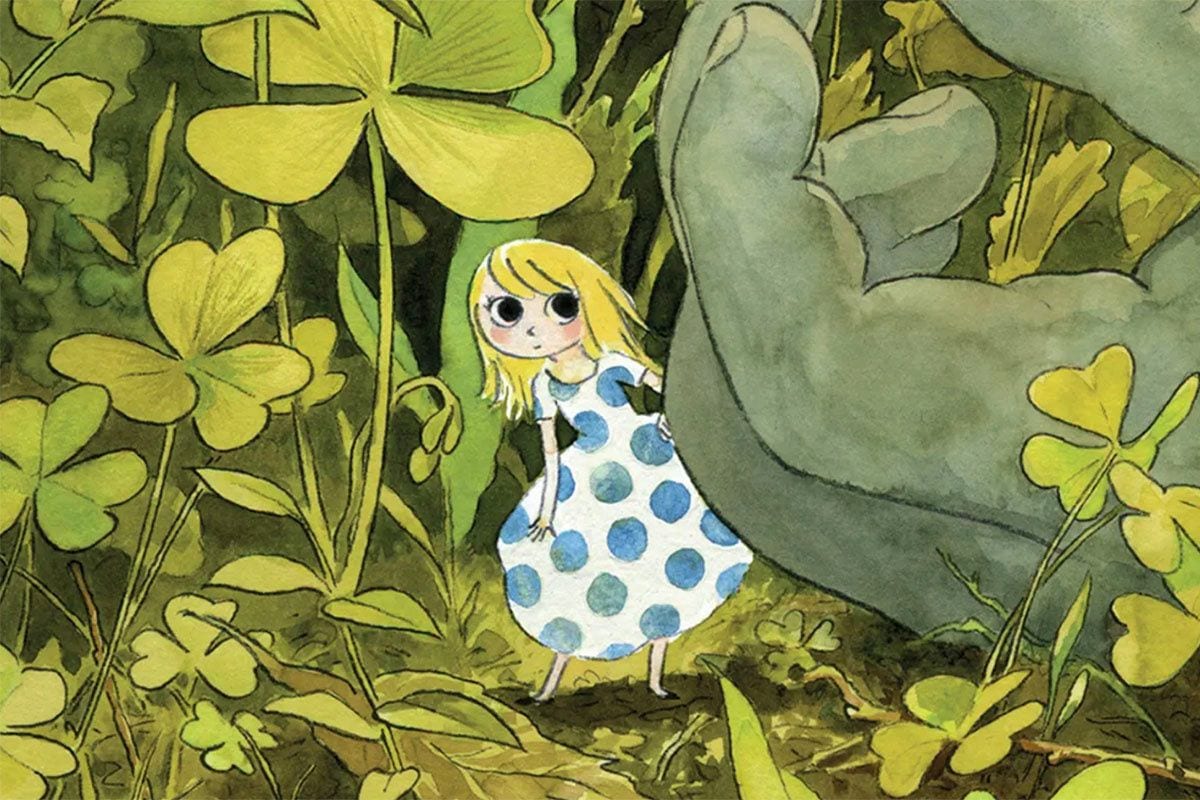
If you’re used to the blood splatter of slasher films or the evil monsters of supernatural thrillers, be warned: Beautiful Darkness covers an abyss of horrors far deeper. Though each death vignette is effective, the horror of Beautiful Darkness is more than the picking off of cast members as expandable as any in a Friday the 13th film. They are literally their own worst enemies. It turns out methods for murdering cartoons include abandonment, cannibalism, and live burial. But that’s not the disturbing part. While the apparent existence of naturalistic organs inside cartoon bodies is discordantly upsetting, the psychological ramifications echo deeper. It’s one thing to find the flow of maggots across your feet ticklish. It’s another to yank off the legs of a ladybug for fun.
It’s rare to find such a horrifically eloquent concept executed so perfectly. – Chris Gavaler
Read more about this book here on PopMatters.
Belzebubs, by JP Ahonen [Top Shelf Productions]
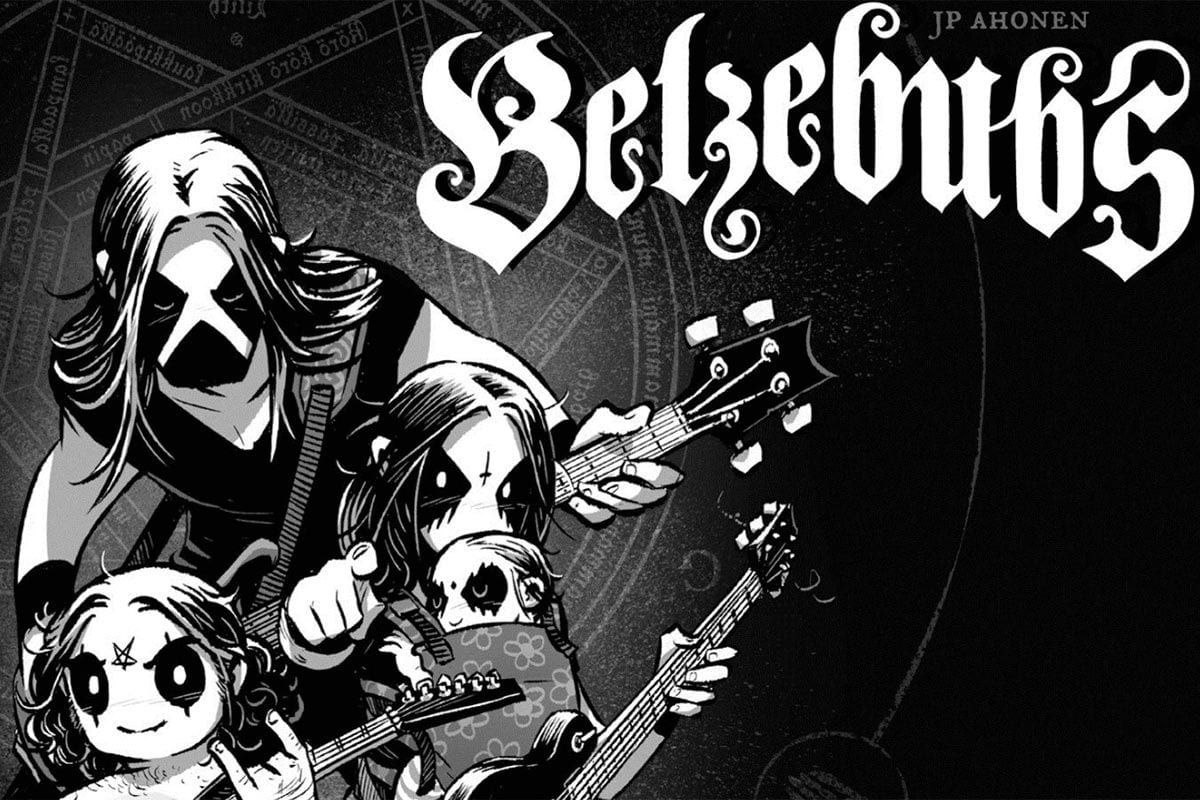
Even the most diehard devotees of black metal must admit that the subgenre—with all of its over-the-top yet repetitive aesthetics—is ripe for satire. Thankfully, JP Ahonen’s Belzebubs masterfully accomplishes precisely that.
A collection of comic strips that explores “the everyday challenges of family life: raising kids, getting your black metal band off the ground, [and] summing demons”, it’s a delightfully humorous yet heartfelt mockery of the corresponding fans, musicians, and lifestyle. Behind their trademark satanic make-up, and within many endearing slice-of-life situations, each of the main characters possess humanizing hopes, fears, and qualities that readers instantly relate to.
Of course, there are also plenty of sight gags and easter eggs for fans of the associated music to catch (such as several meta artist cameos, as well as recognizable band-specific posters and t-shirts in the background). If you’re a fan of metal, comics, and/or insightful satire, Belzebubs is essential. – Jordan Blum
Black Leopard, Red Wolf, by Marlon James [Riverhead Books]
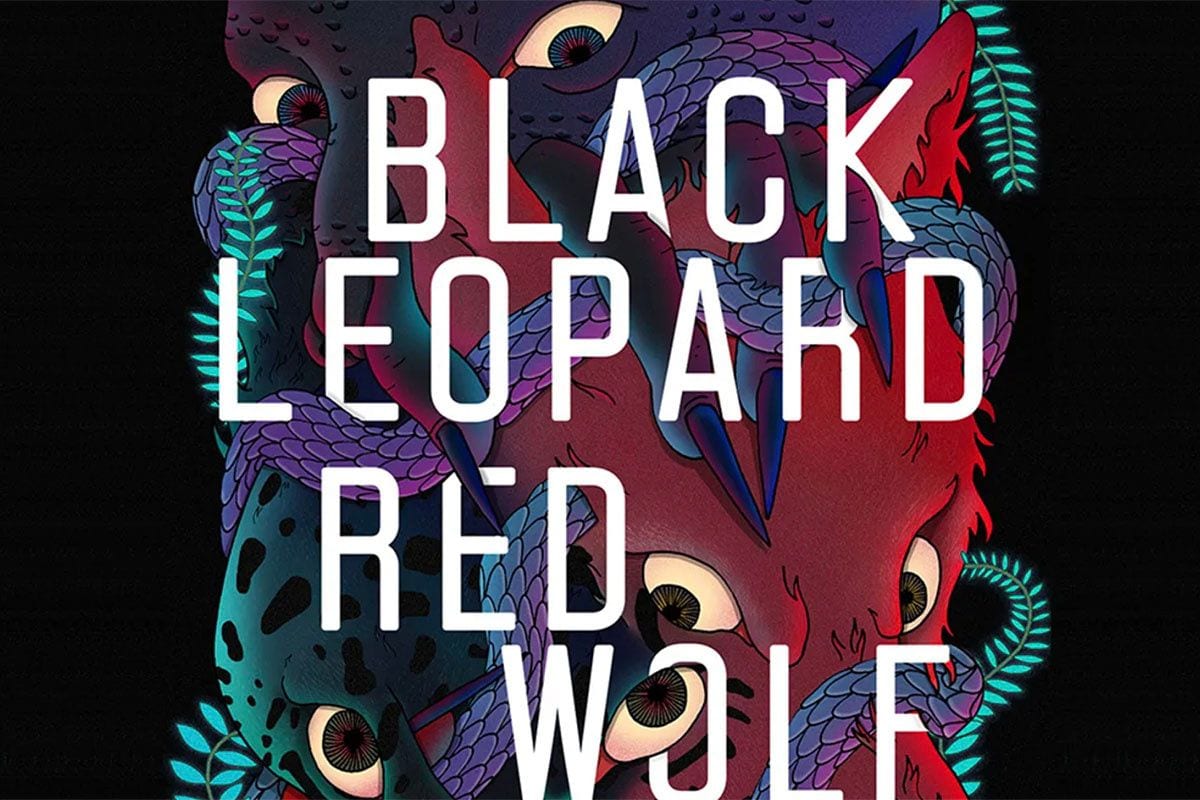
Unless they’re killing or trying to avoid being killed, nobody in the otherworldy Africa of Black Leopard, Red Wolf knows how to stop talking. Part of this is because this fantasy is being told to us by a garrulous wordsmith, a trickster and fixer known as Tracker. He’s spinning a tale, certainly tall but shot through with memory pangs and bone ache, to an unspecified “inquisitor”, and he seems to have plenty of time on his hands.
Tracker starts in pained acceptance of his fate, indulges in some sly boasting, and scrabbles through skin-of-teeth adventuring before arriving at a chain of dimension-hurdling climaxes that ripple across the page like the payload of a high-altitude bombing run thundering through a dark wood. – Chris Barsanti
Read more about this book here on PopMatters.
City of Girls, by Elizabeth Gilbert [Riverhead Books]
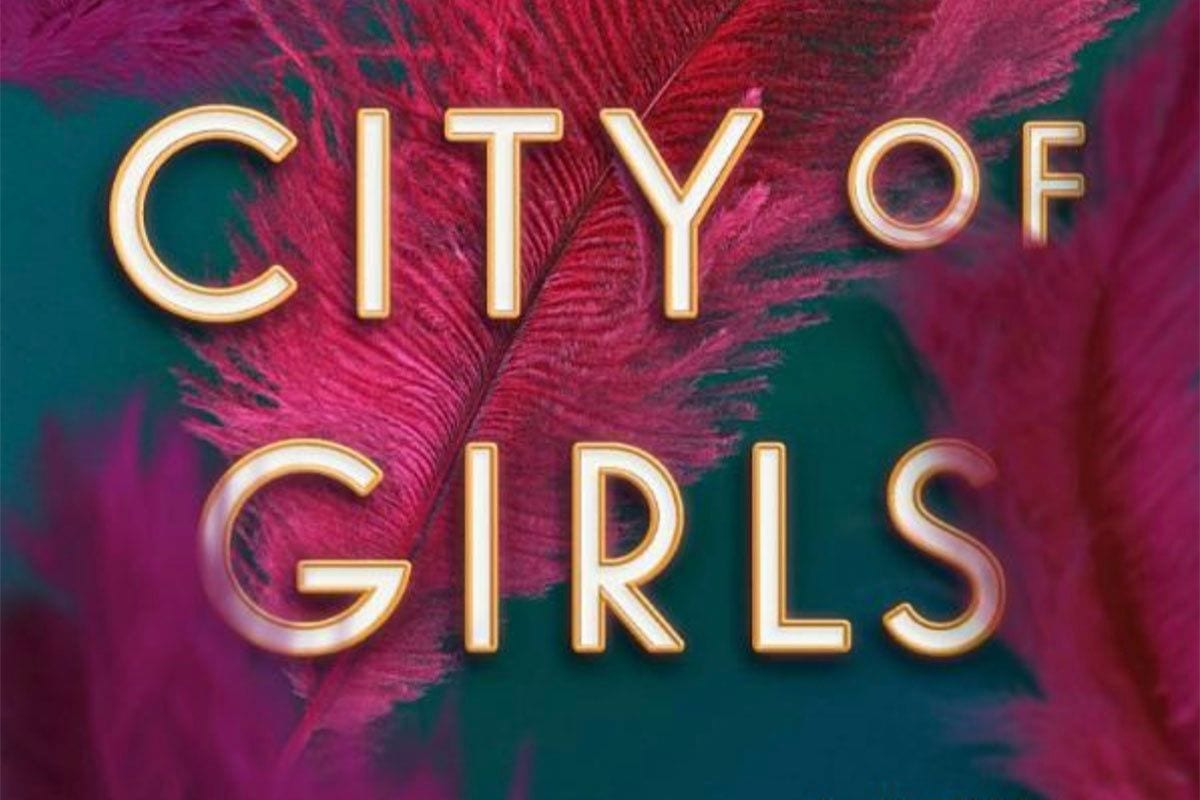
Elizabeth Gilbert’s latest work of fiction provided the poolside escapism we all needed. City of Girls saw the Eat Pray Love author dabble in a universe fun, frothy, and undoubtedly feminist. Her tale of Vivian Morris, college dropout turned New York City showbiz transplant circa 1940, operates as a kind of productive, sex-positive rendering of Jacqueline Susann’s Valley of the Dolls, sans tragedy and sensationalism. Its opening images even recall a young Anne Welles, journeying into the big city for the first time, the excitement and anxiety of the unknown ahead.
Gilbert’s protagonist is absorbing, relatable, flawed, and very human. It’s 2019’s guilty pleasure without the guilt: a delicious, affecting, and brilliantly-crafted reprieve in times of turmoil. – Matthew McKinzie
Clyde Fans, by Seth [Drawn & Quarterly]
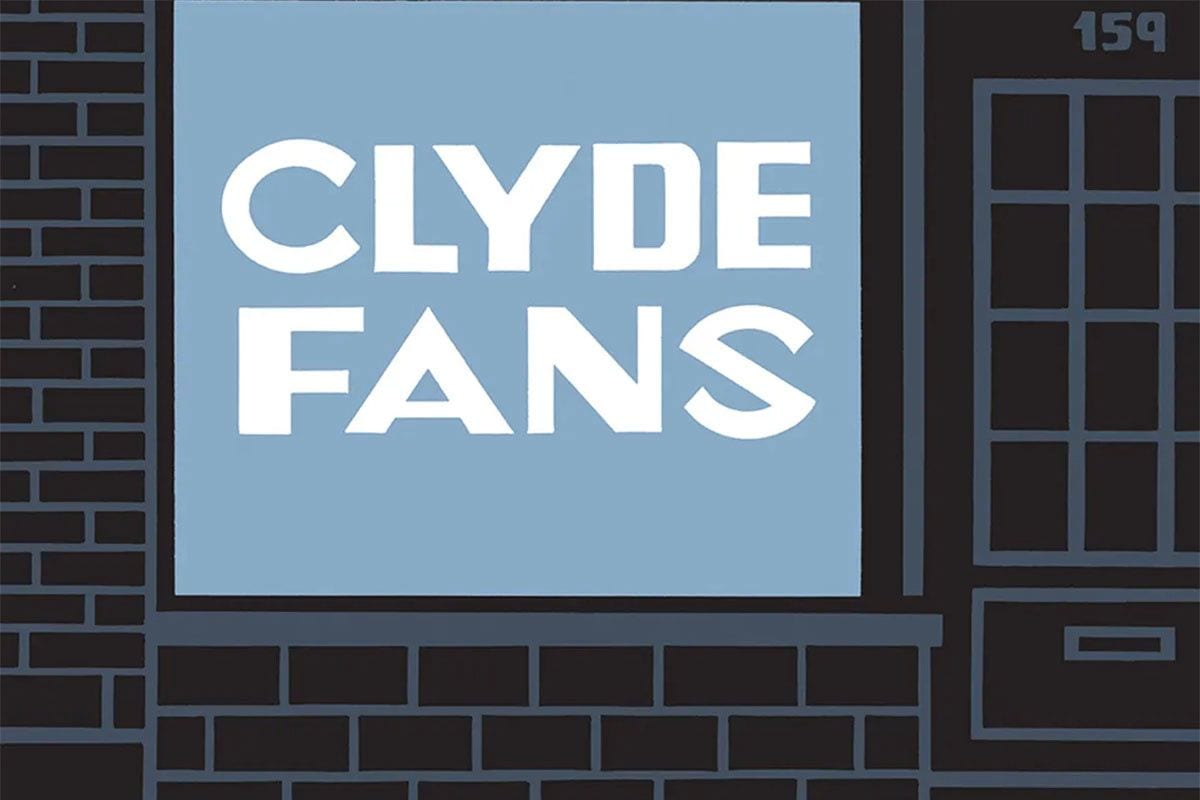
Seth’s inspiration for the epic story, Clyde Fans, grew from an empty storefront and photographs of two middle-aged men; thus it is imbued with palpable sadness and regret. The story C centers on the Matchcard brothers as they navigate their lives and family business through the decades from the 1950s to the 1990s. As we follow them over time, they exhibit obsessive behaviors that lead them to different paths in life.
Clyde Fans tells two stories simultaneously: it’s a story of capitalism in the 20th century and a story about the complicated and bristly relationship between two brothers. They are intertwined seamlessly in ways that directly affect and inform one another, while also seeming quite separate at other times. It’s one of Seth’s gifts (and a gift of the medium) that he’s able to immerse the reader so completely in the details of the story such that it feels as full and accomplished in any one of its five parts as it does as a completed story. – J.M. Suarez
Read more about this book here on PopMatters.
The Colonel’s Wife, by Rosa Liksom [Graywolf Press]
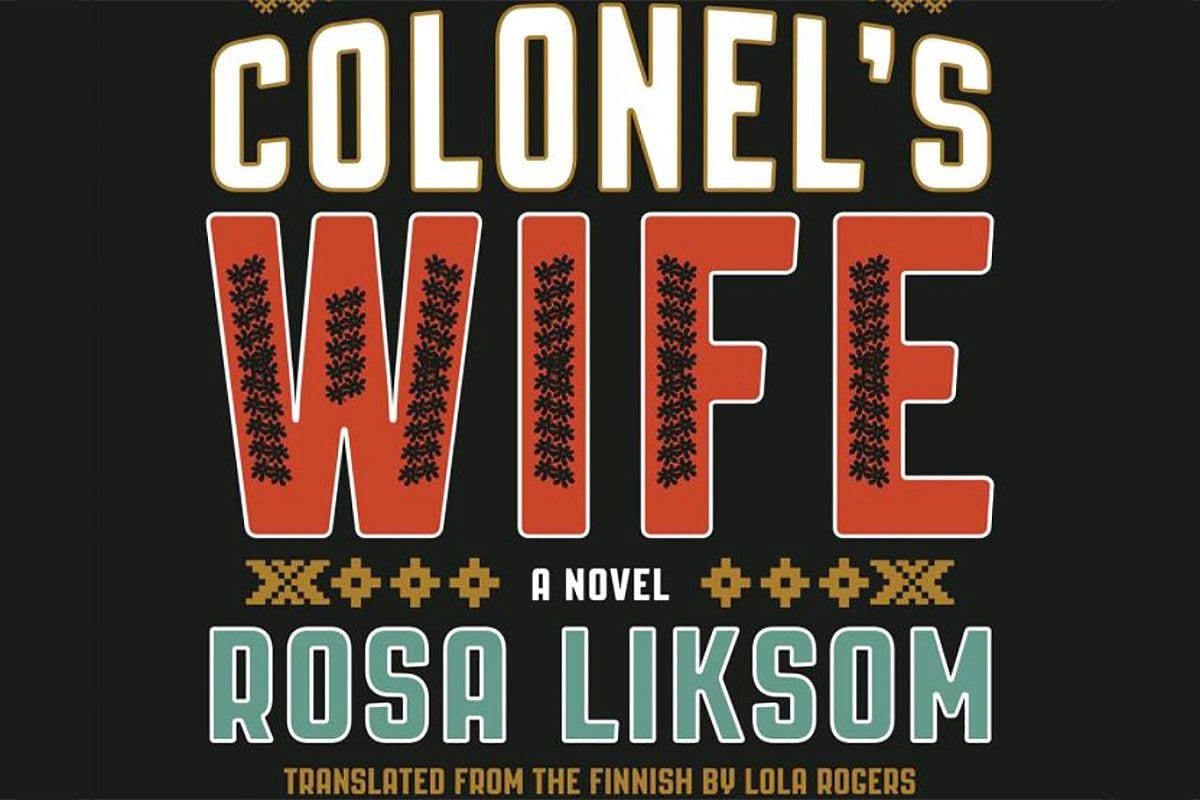
Finland finds itself divided: bartered between Nazi Germany and Soviet Russia, then invaded by both. The narrator of Rosa Liksom’s The Colonel’s Wife is a woman who, like many of her peers, fell in love with fascism during the uncertain years which preceded the war. She also fell in love with a like-minded colonel many years her senior.
The two eagerly throw themselves into promoting the Nazi cause in their divided homeland, and when the war comes, they embrace it. The sanitized narrative is unsettling to read, particularly for readers who know (as we should all know today) the true scale of fascism’s horror. But Liksom has constructed a striking metaphor. T
There is a certain willful disbelief associated with fascism which indeed evokes parallels with violent, obsessive relationships. It’s easy to ignore the warning signs; to downplay the bad and overplay the good; to convince yourself that if you just try harder it’ll all work out.
Liksom’s tale is a brilliantly drawn metaphor, and just as it took tremendous hardship and effort for so many people to wake up from their simplistic, codependent love affair with fascism, so the narrator faces the painful and torturous challenge of struggling to break free of her relationship with the Colonel and to rebuild a new life for herself. – Hans Rollmann
Read more about this book here on PopMatters.
Constantly, by gg [Koyama Press]
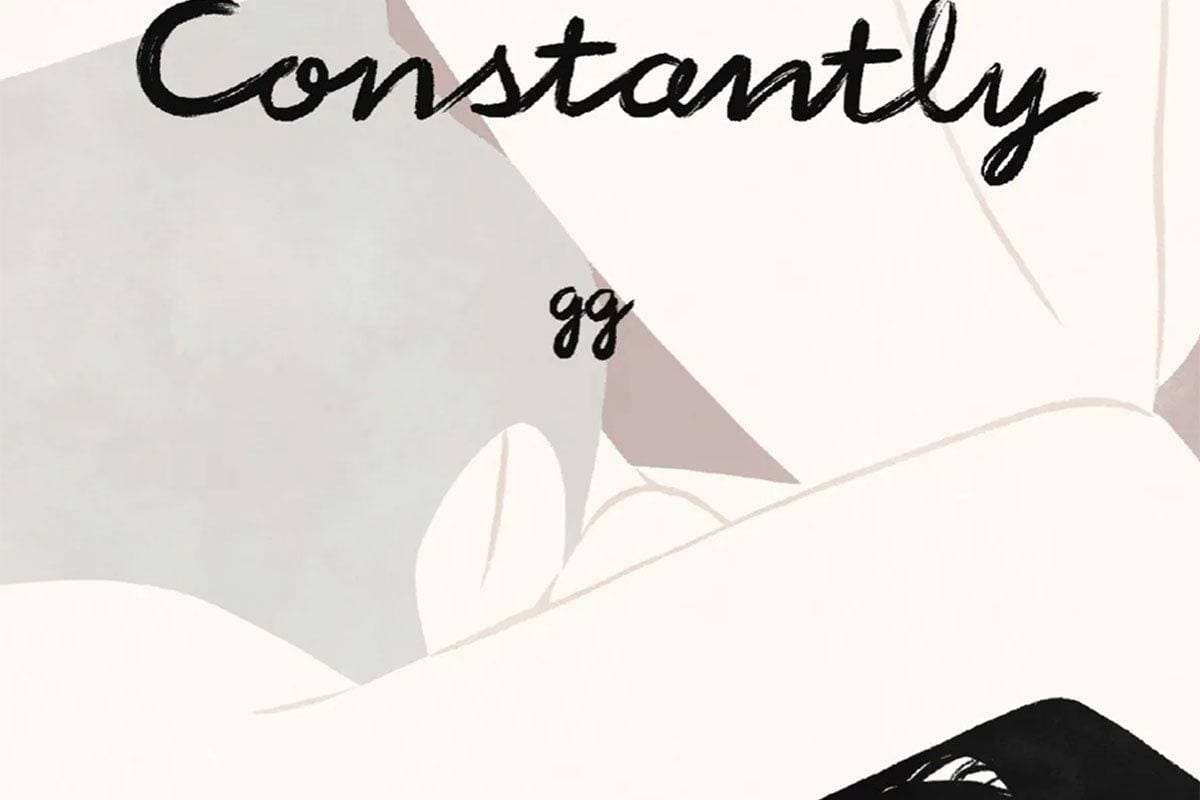
Where gg’s I’m Not Here found its force in ambiguity and the maybe-fantastical, Constantly is comparatively straightforward in its portrayal of the protagonist’s sometimes literal battle with her own psyche. That struggle is made physical with the visual metaphor of black, half-translucent hands spinning her in her sleep, tugging her to the floor, shoving her from a doorway.
gg’s style is further evidence that the comics form is not foremost literature but visual art, requiring readers to become viewers willing to pause and flip backward and pause again. Readers should concern themselves less with the grammar of visual storytelling and more with the haunting connotations of gg’s images. – Chris Gavaler
Read more about this book here on PopMatters.
Exhalation, by Ted Chiang [Alfred A. Knopf]
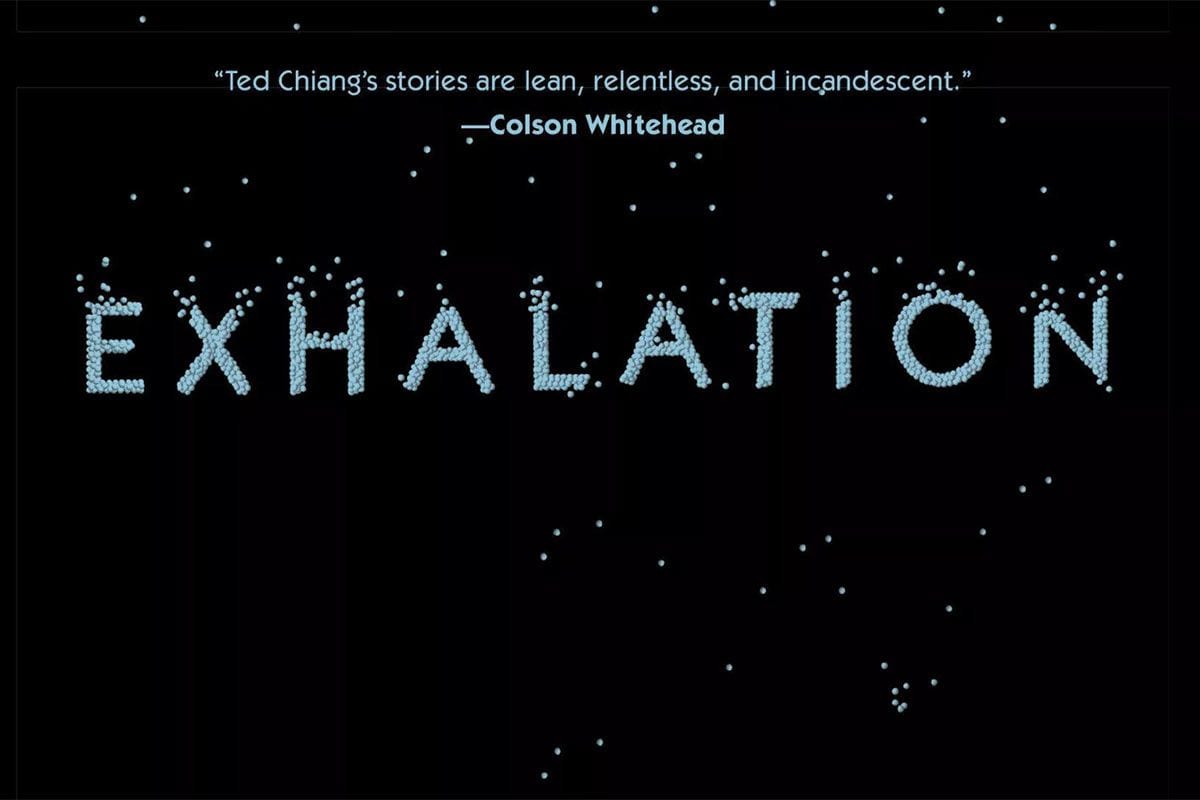
With his second collection of short stories, Exhalation, master of existential science fiction Ted Chiang explores AI, time travel, and alternate realities with the studious eye of an anthropologist. These stories reckon with a greater purpose, and question free will and morality. Indeed, Exhalation is a groundbreaking work of science fiction, but not just because its influence can be felt across many corners of the mainstream. When confronting life’s biggest questions, there’s something undeniably powerful about being able to stare oblivion in the face and retain hope at the same time.
It’s unfortunate that short fiction doesn’t have the reach of other art forms, but we can only hope Chiang’s work continues to exert its influence on us. In another decade or so, as more climate disasters rapidly dismantle the inhabitability of our planet, may there be another collection of his work to offer a guiding light. – Alex Leininger
Read more about this book here on PopMatters.
Fran-kiss-stein, by Jeanette Winterson [Grove Atlantic]
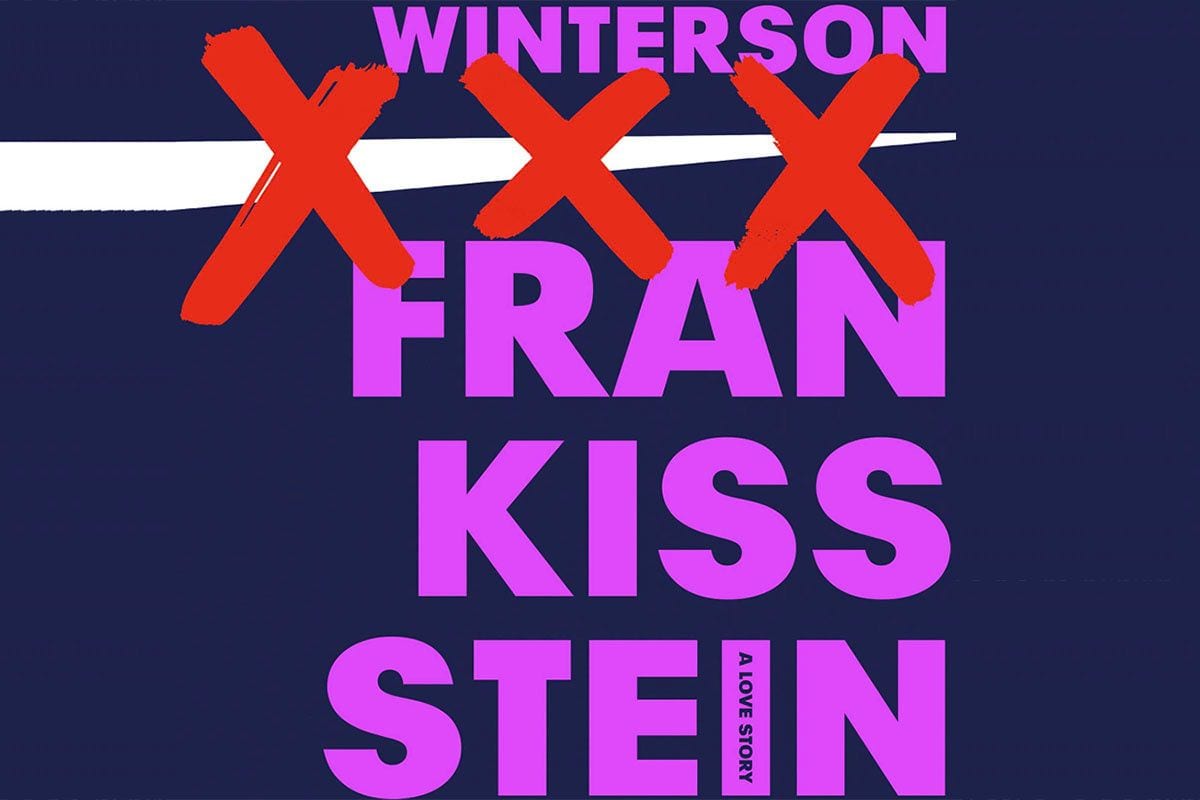
Jeannette Winterson’s Fran-kiss-stein found much love among critics and readers but deserved an even larger audience. The novel moves with beautiful and surreal imagery through the mind of Mary Shelley to the modern search for AI (and, of course, sexbots). It’s hallucinatory, fragmentary, and manages to make us love the characters while taking us on a philosophical round-about that keep you us up at night.
This novel deserves special mention because it’s an example of how, I hope, art of all kinds will increasingly take the experience of transgender people seriously, and on their own terms (rather than as tropes). In the character of Ry Shelley, we get a profound and deeply moving look at the idea of what it means to inhabit “the wrong body”, and the complications that “trans-human” science introduces in the struggle for simple human dignity. – W. Scott Poole
The Hard Tomorrow, by Eleanor Davis [Drawn & Quarterly]
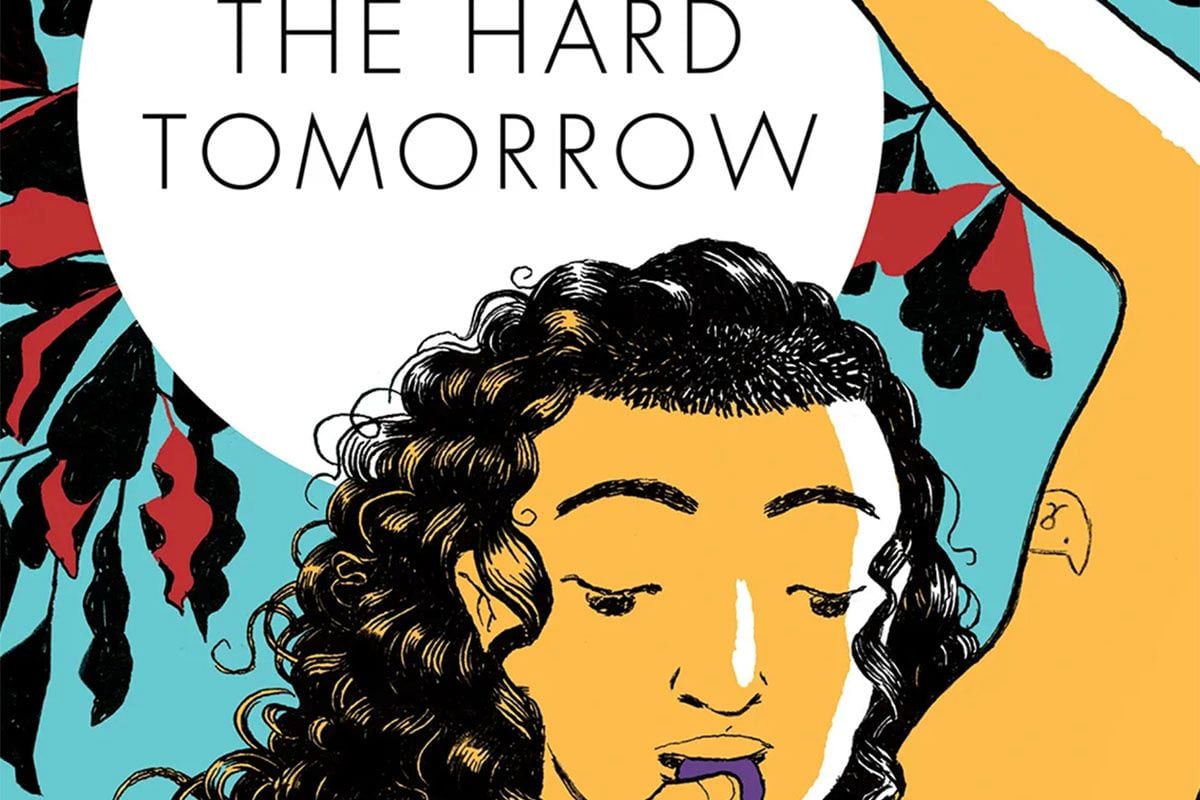
Eleanor Davis’s The Hard Tomorrow is a full-sized and full-fledged graphic novel, complete with a main character, supporting cast, and plot points galore. (If you think it’s odd to list those qualities, then you need to read Why Art?).
Davis likes to accent key moments through panel size. Big moments are literally bigger. How big varies: a full-width row, a full-width double row, a full page, a two-page spread. Size matters. When Johnny exhales from his weed pipe, the cloud fills a full-width panel, dwarfing the surrounding panels only half its size. We know Johnny’s smoking is a problem, but not because Davis tells us (the page is almost wordless), and not even because she draws it, but because she uses layout as a way of making meaning.
Approaching The Hard Tomorrow from the same plot angle you would a movie or TV show is to miss the best parts. It’s a comic, and like other great comics, it tells you how to read it while you’re reading it. – Chris Gavaler
Read more about this book here on PopMatters.
Hold Fast Your Crown, by Yannick Haenel [Other Press]
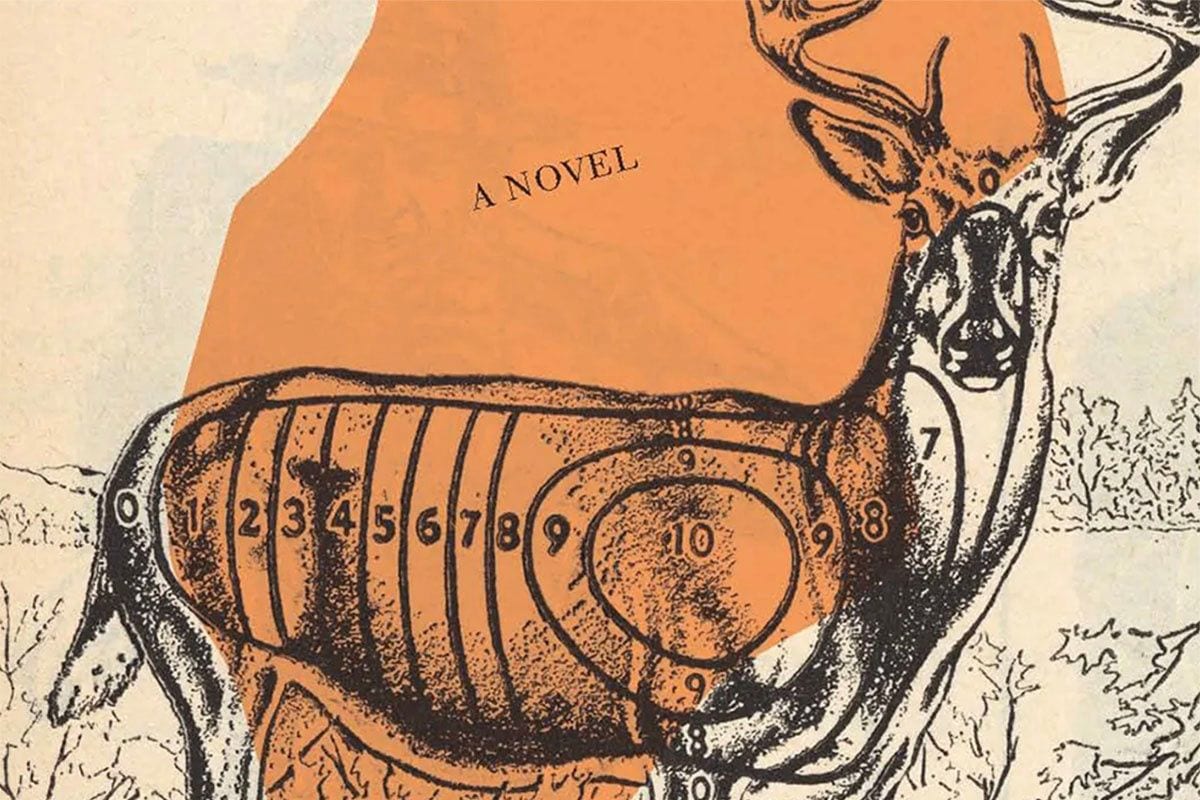
At the beginning of Yannick Haenel’s shocking, frustrating, and elating, Hold Fast Your Crown, it seems to be the story of an unnamed Parisian writer who wants to get an ambitious screenplay produced. Then, said writer has to take care of his neighbour’s dog and the story appears to go off on a tangent, except that from there on, that’s all that happens – the plot just keeps going off on tangent after tangent, juggling a handful of recurring themes, symbols and images, but never giving you a proper narrative thread to hold onto.
The result is undeniably a mess, and yet it works, in no small measure thanks to Haenel’s strange and haunting prose. If you like literature that is reflective and stimulating, then Hold Fast Your Crown will give you what you are looking for in spades: the protagonist seems unable to just see a kite or drink a glass of wine without rambling about some deep existential aspect of life, and yet these ramblings are as unreliable and unstable as the plot itself. – Andrea Tallarita
Read more about this book here on PopMatters.
The Homecoming, by Andrew Pyper [Simon & Schuster]
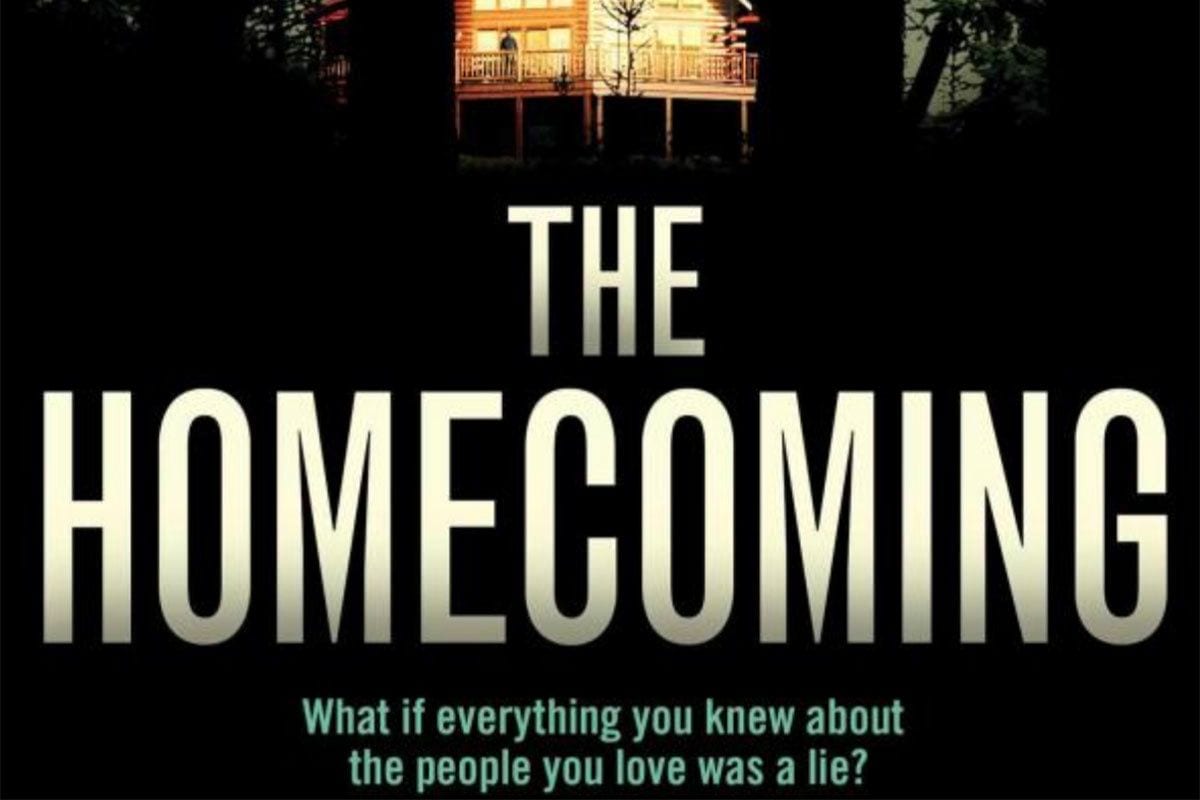
Andrew Pyper’s The Homecoming builds on his proven ability to give us chilling, suspenseful fiction. Author of The Lost Girls and the really outstanding The Demonologist (maybe my personal favorite), Homecoming marks both a return to some older themes and new, rather scary ground for the Canadian author.
The “cabin in the woods” setting might feel to some readers a bit worn but Pyper has a gift for creating infinitely complex characters. We really do end up caring about these people and caught up in the mystery of what is happening to them. I think its important that any book that deals with dark themes like this, fiction or otherwise, make the death of its subjects matter and few do this as well as Pyper. I recommended this book to fans of both psychological thrillers and horror. – W. Scott Poole
Horizontal Collaboration, by Navie and Carole Maurel [Korero Press]
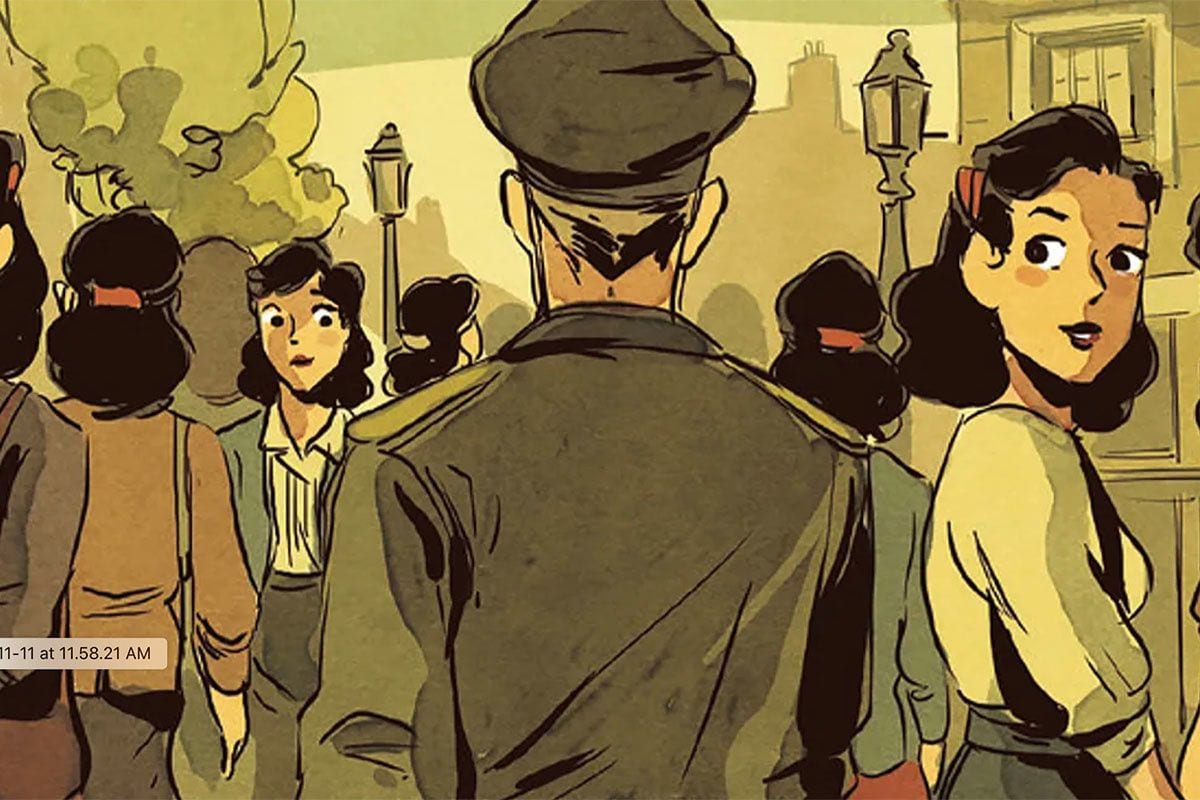
Horizontal Collaboration takes aim at the virtuous legacy of the Second World War’s winners, in this case the French Resistance and Allied victors in Paris. ‘Horizontal collaboration’ is the term given to French women who engaged in sexual or romantic relationships with occupation forces. It is well past time for this inherently sexist notion to come under critical scrutiny. As typical in a sexist society, it specifically targets women, and especially vulnerable women like sex workers and the poor (although relationships occurred across all strata of class and society).
It’s little surprise, of course, that many leading French industrialists, media figures, and culture doyens (intellectuals, publishers, writers) – predominantly men – escaped serious post-war retribution despite their varying levels of collaboration with the occupation. Instead, the French public’s rage was vented on women for the ways in which they navigated and survived the occupation – many of them were publicly beaten, assaulted and otherwise brutalized at the war’s end.
This book graphic novel forces us to reassess many of the violent excesses of war-time liberation from the Nazis. Navie and Maurel have opened a critical and important door for discussion and public dialogue, and produced a gorgeous graphic novel in the process. – Hans Rollmann
Read more about this book here on PopMatters.
Is This How You See Me?, by Jaime Hernandez [Fantagraphics]
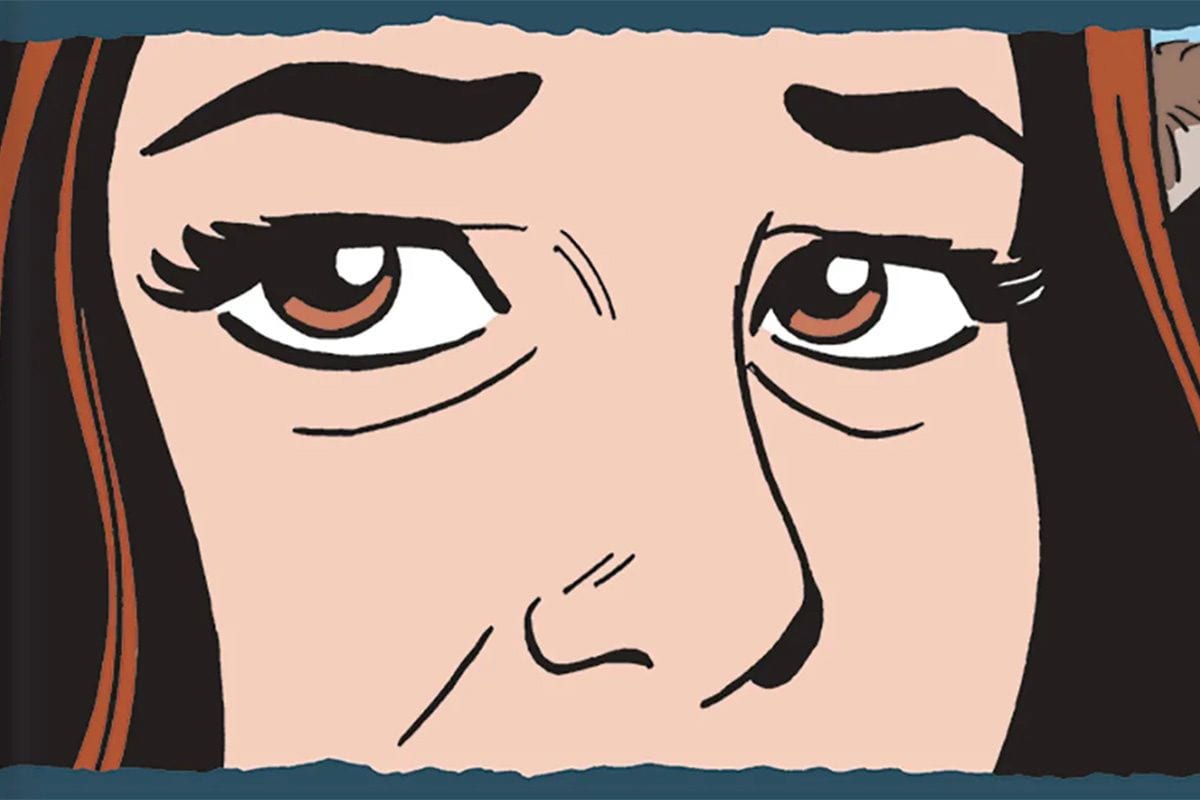
There are few comics series, or series in general, that hold up as well over a 40+ year run as the Hernandez Bros.’ Love and Rockets. A series filled with wide-ranging stories across time periods and adventures in space, those focused on life at home have always stood out. Their friendship, romantic relationship, the local punk scene they’re a part of, and the family and friends surrounding them offer a rich story filled with characters who’ve grown (and some who haven’t) over the years, with many shifts in their personal dynamics.
The art of the Love and Rockets series is praised for its style and beauty, but it’s perhaps the Locas characters that populate Is This How You See Me? who exhibit that care and attention most beautifully. Even as they’ve aged (Maggie has gained weight and Hopey now wears glasses), they remain the same vital and charismatic characters they’ve unfailingly been. Much of that is owed to Jaime Hernandez’s art, which showcases their humanity and loveliness always. – J.M. Suarez
Read more about this book here on PopMatters.
Live Oak, with Moss, by Brian Selznick [Abrams ComicArts]
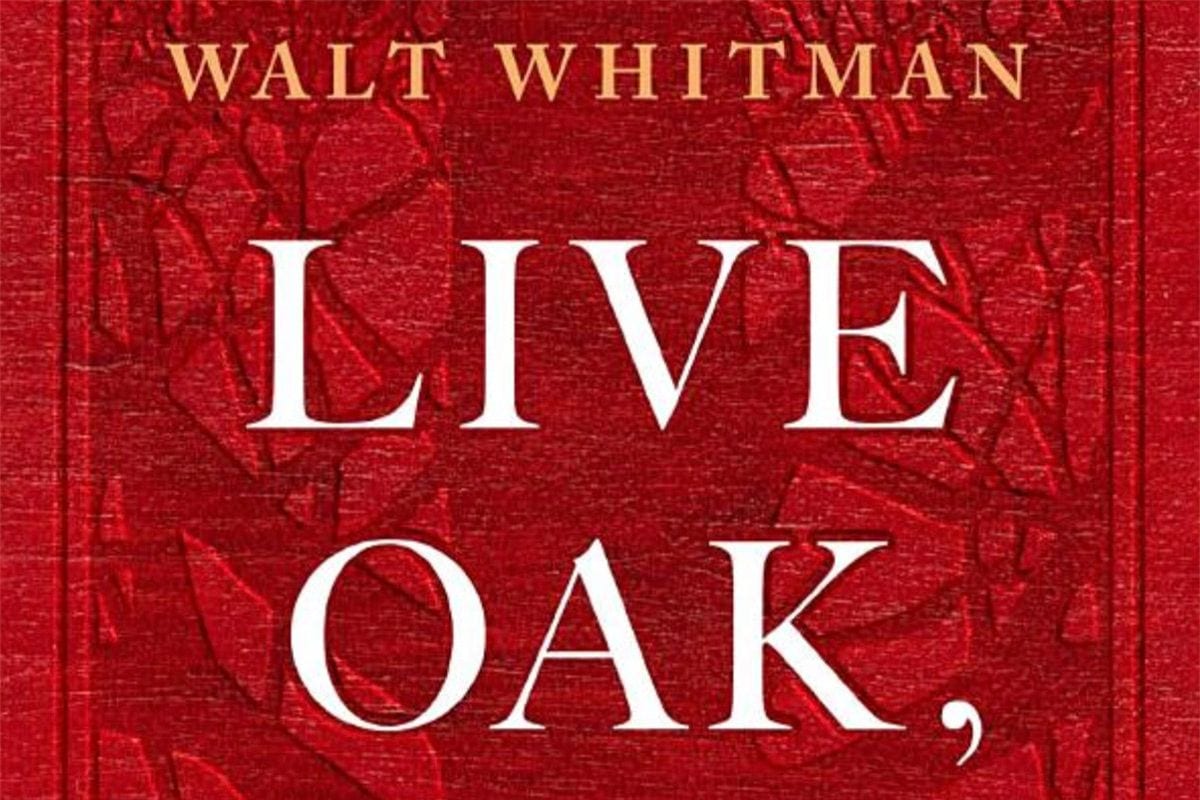
Walt Whitman started “Live Oak, with Moss” in 1856, not long after self-publishing the first edition of Leaves of Grass. He finished it in 1859 by handwriting the 12 sections into a handmade notebook—which is represented in the Abrams edition in the form of 18 meticulously reassembled color photographs. It’s clear from a glance at Whitman’s ragged script and penciled cross-outs that the notebook was still a work-in-progress.
Brian Selznick’s art in his ode to Whitman’s poem and the man himself, Live Oak, with Moss, includes six adapted photographs of mid-century New York streets and buildings, with black and white male nudes collaged in their windows. Whitman’s flame-filled silhouette stands apart in page corners, until the urban background transforms to black and then a star-speckled sky. Whitman and a period nude move from their opposite corners, enlarging into sprinting poses before meeting at the page fold and erupting, nova-like.
Language and image never combine in Abrams’ Live Oak, with Moss; they are distant lovers, if you will, as divided as Walt Whitman and Brian Selznick are as collaborators.
Read more about this book here on PopMatters.
Morning Glory on the Vine, by Joni Mitchell [Houghton Mifflin Harcourt]
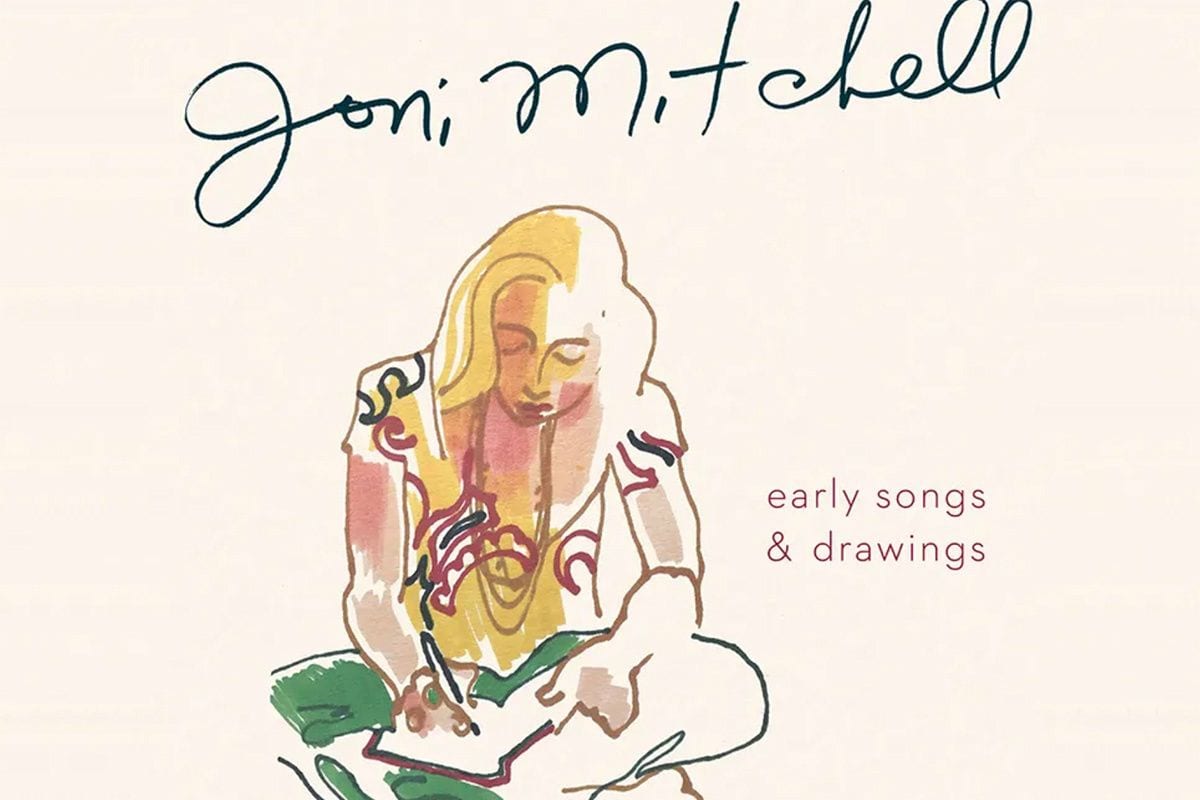
Morning Glory on the Vine, a newly-released collection of drawings, poems, and lyrics, viewed previously only by her closest of family and friends, denotes the next step in the Joni Mitchell’s evolution. It’s both a retrospective and prospective masterwork from one of the greatest artists of the 20th and 21st centuries. Mitchell opens a treasure chest of work only previously seen by close family and friends—early songs, poems, drawings, paintings—crafted in a personal sketchbook in the wake of Blue‘s legendary 1971 premiere.
Mitchell’s openness here, and her insistence that such revelations, as featured in the book, reach a public platform nearly 50 years after they were first put on the page, cements her status as one of the most important, accessible, and independent-minded creatives of our time. This is not a throwaway nostalgia piece. It is a compilation of craft all its own, showcasing Mitchell’s versatile skill set while pointing to the next step in her long and impressive career. – Matthew McKinzie
Read more about this book here on PopMatters.
My Life As a Rat, Joyce Carol Oates [Ecco Press]
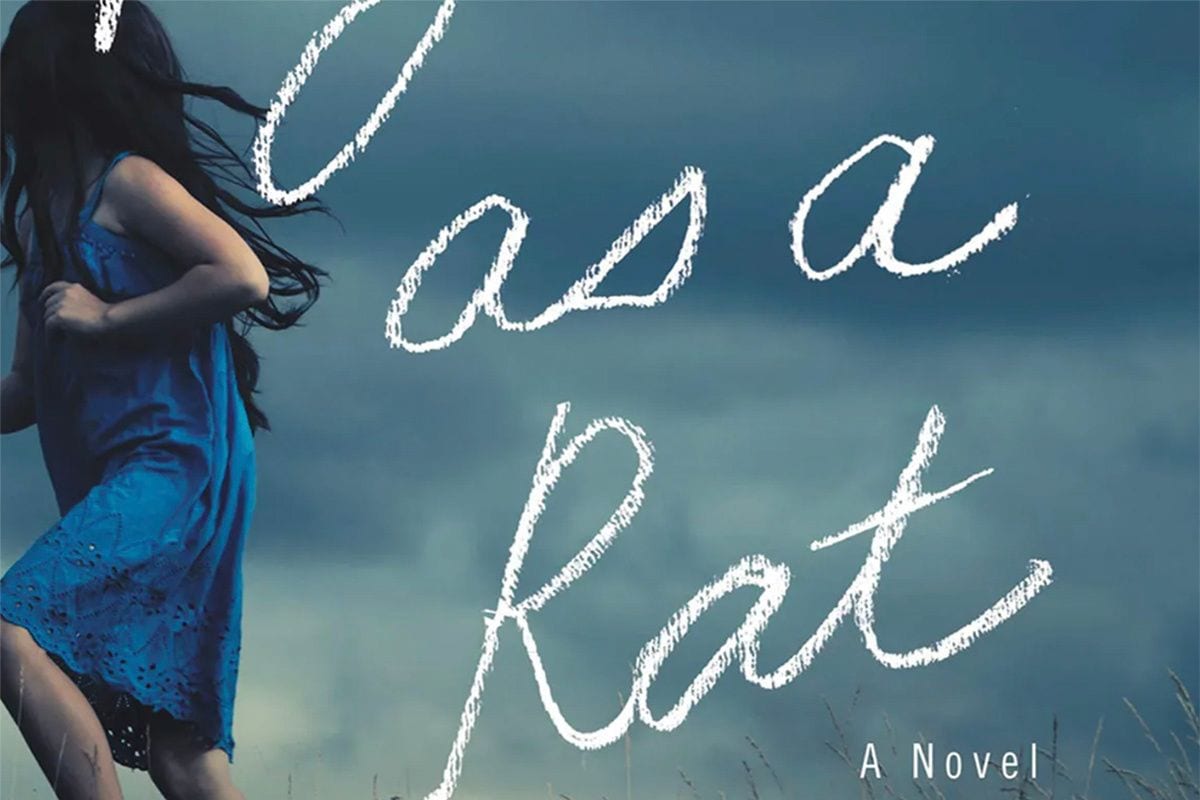
The most difficult part of My Life as Rat comes probably a third of the way through and lasts nearly 50 pages, bringing us to the halfway point. Joyce Carol Oates cleverly calls it “Mr. Sandman Bring Me a Dream”, and the creep factor is carefully unraveled like a large rug fraying at the edges. Think of Pat Ballard’s pop song from which she takes the chapter’s title, and imagine horror beneath the sweetness. It’s classic Oates; alarming, fatalistic, at times unbearably gloomy, and a fully realized dark character so horrible that the reader might find themselves wanting him excised from this text and concurrently revived for his own series of dark adventures.
If happiness usually proves duplicitous, and melancholy a dependable constant, then the journey of an epic Joyce Carol Oates novel is always going to be a trip worth experiencing, as with My Life As a Rat. – Christopher John Stephens
Read more about this book here on PopMatters.
The Nickel Boys, by Colson Whitehead [Doubleday]
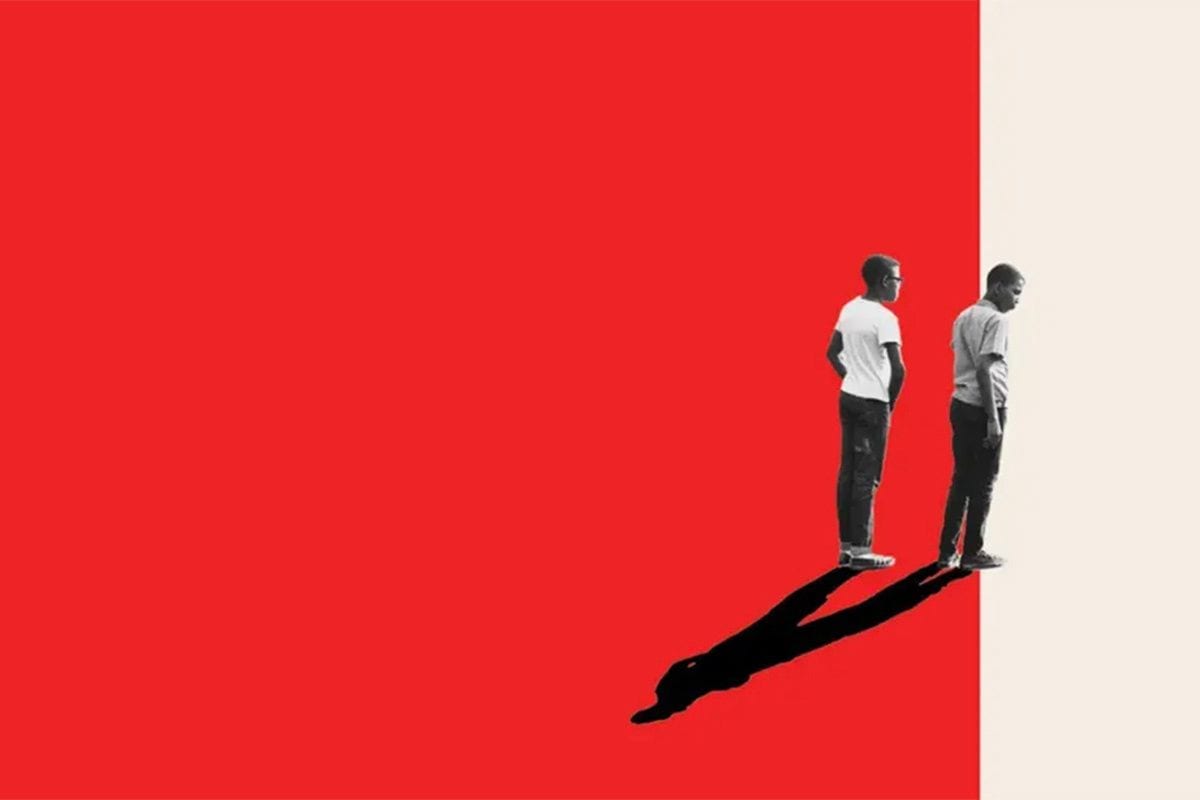
Nickel Boys is a short novel at just over 200 pages, but its quick developments are strengthened by Colson Whitehead’s unflinching, matter-of-fact language, which refuses to make a show of racist violence without sparing any of the necessary details. Although it takes place in a different time period and adheres more closely to unadorned realism, the book is a successor of sorts to The Underground Railroad.
The two books seem to be part of the same project — that of resurrecting the traditional slave narrative for modern audiences.” – Elisabeth Woronzoff
Read more about this book here on PopMatters.
Normal People, by Sally Rooney [Hogarth / Alfred A. Knopf]
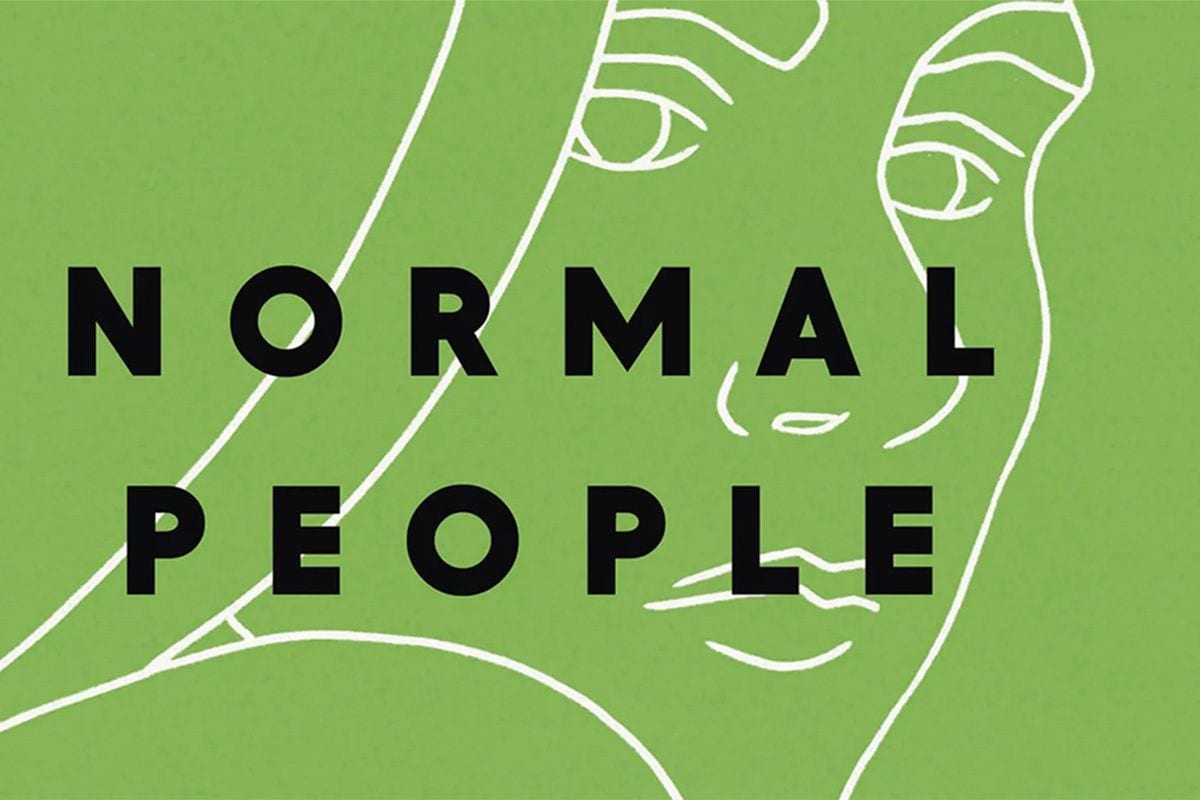
The Irish novelist Sally Rooney centers her drama, Normal People, around the desperations of youth under late-capitalism, but the novel’s psychological excavations, nuanced and piercing, owe just as much to the influence of Jane Austen and Virginia Woolf. It falls short of a retelling or repurposing, but its uncanny manner of parsing social dynamics, whether it be popular vs. unpopular or rich vs. poor, alludes to these canonical works. Rooney’s attention to modern devices like email only complicates matters further, adding pressure.
It can be startling how adept Rooney is at weaving the unspoken in with the spoken, hinting at internal motivations and insecurities without making them overt. The directness of the prose, and of the dialogue, gives off the impression of simplicity, but the social dynamics are intricate. – Alex Leininger
Read more about this book here on PopMatters.
On Earth We’re Briefly Gorgeous, by Ocean Vuong [Penguin Press]
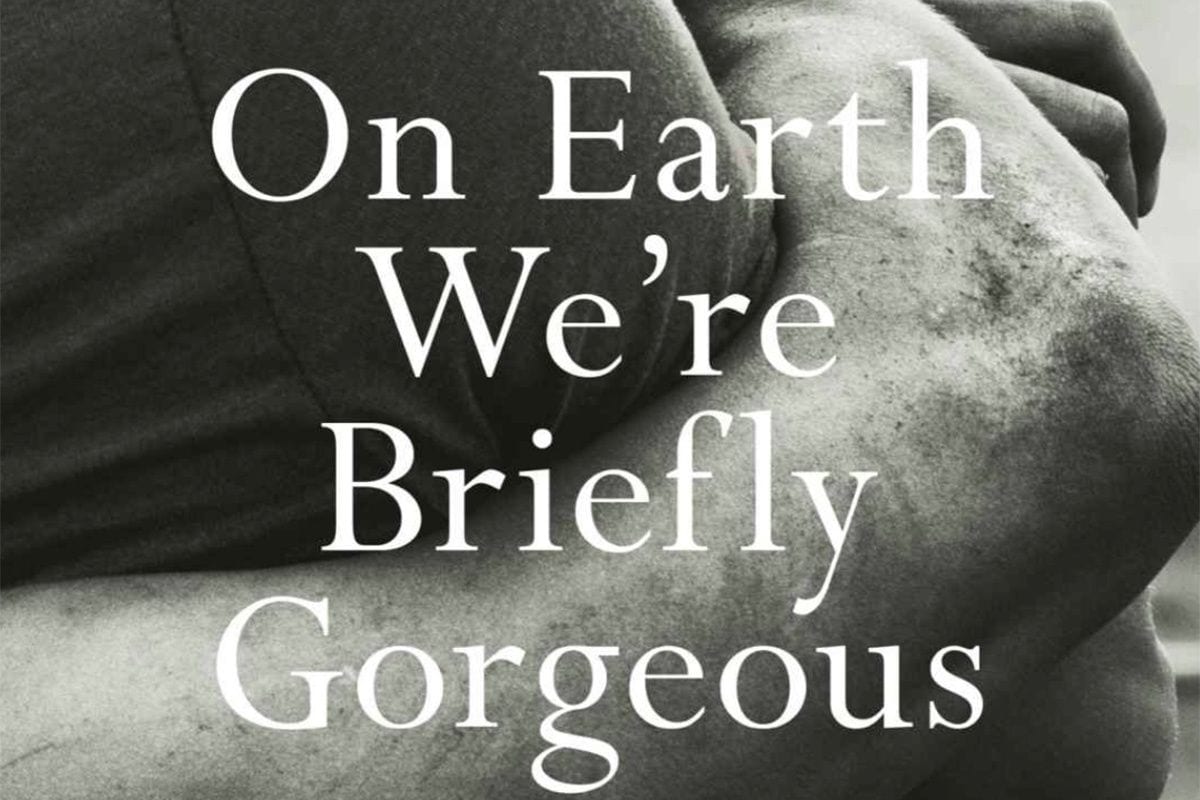
Part semi-autobiography and part confessional, On Earth We’re Briefly Gorgeous by Ocean Vuong is a breathtaking tale of an individual at the intersection of family, history and identity. The novel is composed of letters written by the narrator, Little Dog, to his illiterate mother. In these missives he’s both a critic and an empath. He contextualizes his mother’s mental illness, abusive behaviors, and struggles with PTSD as resulting her survival of the Vietnam War. Little Dog sees her as both a monster and mother, and in many ways, a reflection of himself.
Through the lens in which he examines his family, Little Dog then goes inward to deconstruct his experiences as an immigrant, abuse survivor, and gay man. Using humor, clarity, and deft observation, Vuong artfully articulates how trauma can enshrine revelation. – Elisabeth Woronzoff
Palestine + 100: Stories from a Century After the Nakba [Comma Press]
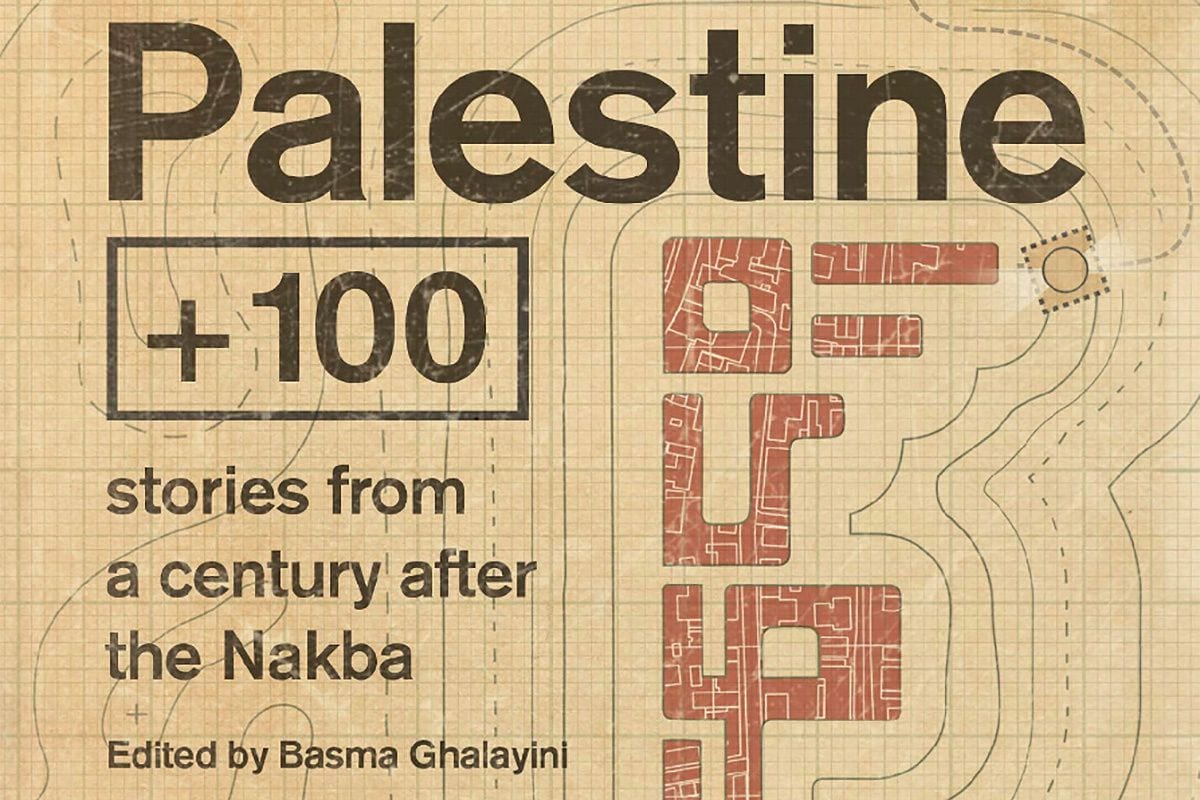
What will your world look like in a hundred years? When posed in the West, the question produces imaginative elaborations on contemporary western opulence: cities in the sky; colonies on Mars; peaceful and adventurous intergalactic federations. It also produces dystopias based on our worst fears: alien invasion and colonization; erosion of freedom and privacy; climate ruin.
Pose the same question in a country already beleaguered by war, genocide, and colonialism, and the imagined futures are very different. Our imaginations, while inflected with hope and a measure of fantasy, remain indelibly tempered by a linear progression rooted deeply in the reality of our present. Palestine + 100 is a collection of science fiction stories penned by Palestinian writers imagining what their world might look like 100 years after the Nakba. While several of the stories in Palestine + 100 are dystopian, others offer hope, emphasizing the urgency of peace and reconciliation not just for Palestinians, but for Israelis as well. – Hans Rollmann
Read more about this book here on PopMatters.
Red Ultramarine, by Manuele Fior [Fantagraphics]
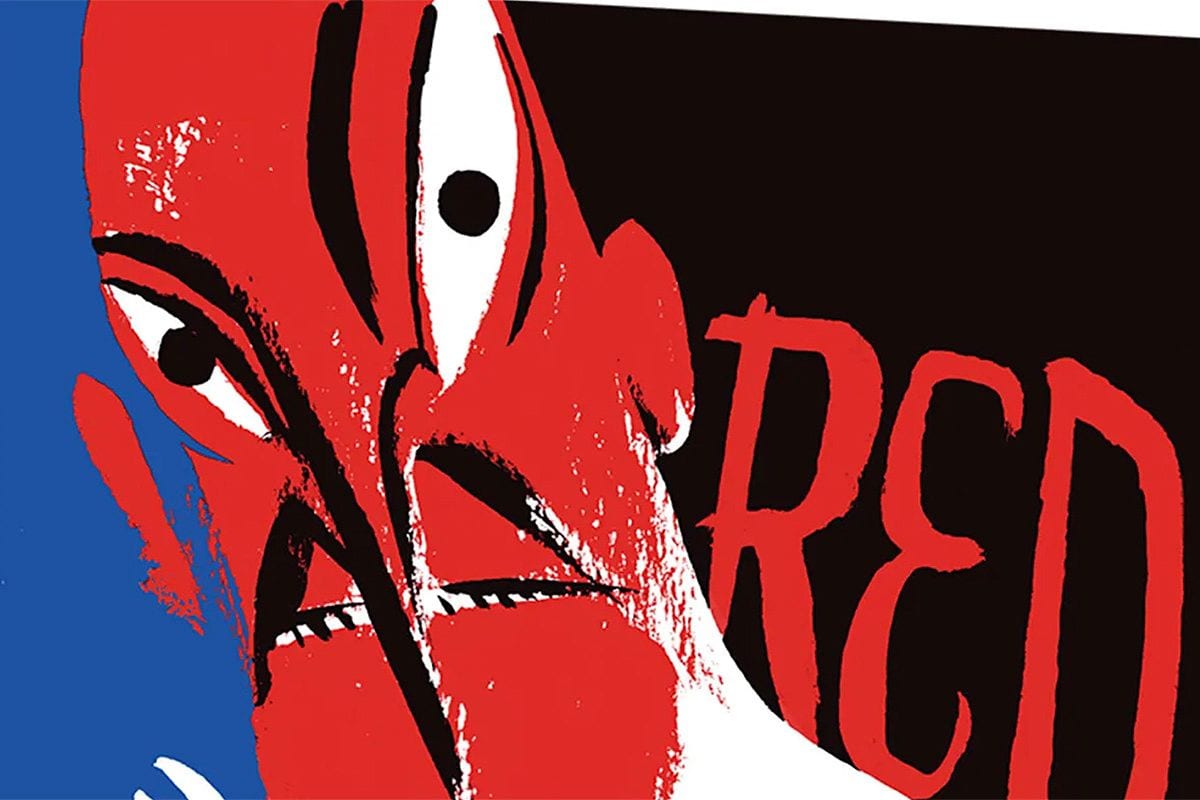
If Picasso had drawn comics, they might look like Manuele Fior’s Red Ultramarine. If that sounds like ridiculously high praise, it is. But a caveat: I mean “drawn” not “painted”. Late in his career, Picasso changed to minimalistic line drawings that no art critic has ever, to my knowledge, called “cartoons”. And yet they meet the definition well.
While Fior’s Red Ultramarine is far from abstract expressionism, it is a pleasure to find an artist-writer who regards the art of his images to be equal to the narrative they convey. The title references not red and black, the novel’s color motif, but red and blue—and so a color that only appears on the cover. “Ultramarine” means “beyond the sea”, a reference to Afghanistan where the gemstone lapis lazuli was mined and then imported to Europe to be ground into the blue pigment first used by Renaissance painters.
While Fior’s gesture toward a color his visual storytelling does not include could suggest a great many things, I experienced a metaphorical going-beyond of the surface world or worlds of the novel, as its story wandered into ambiguous territory, the undefined spaces beyond Fior’s gutters. It’s a disorienting mental and visual space, more difficult to map than most comics labyrinths, but also more rewarding. – Chris Gavaler
Read more about this book here on PopMatters.
Rusty Brown, by Chris Ware [Pantheon Graphic Library]
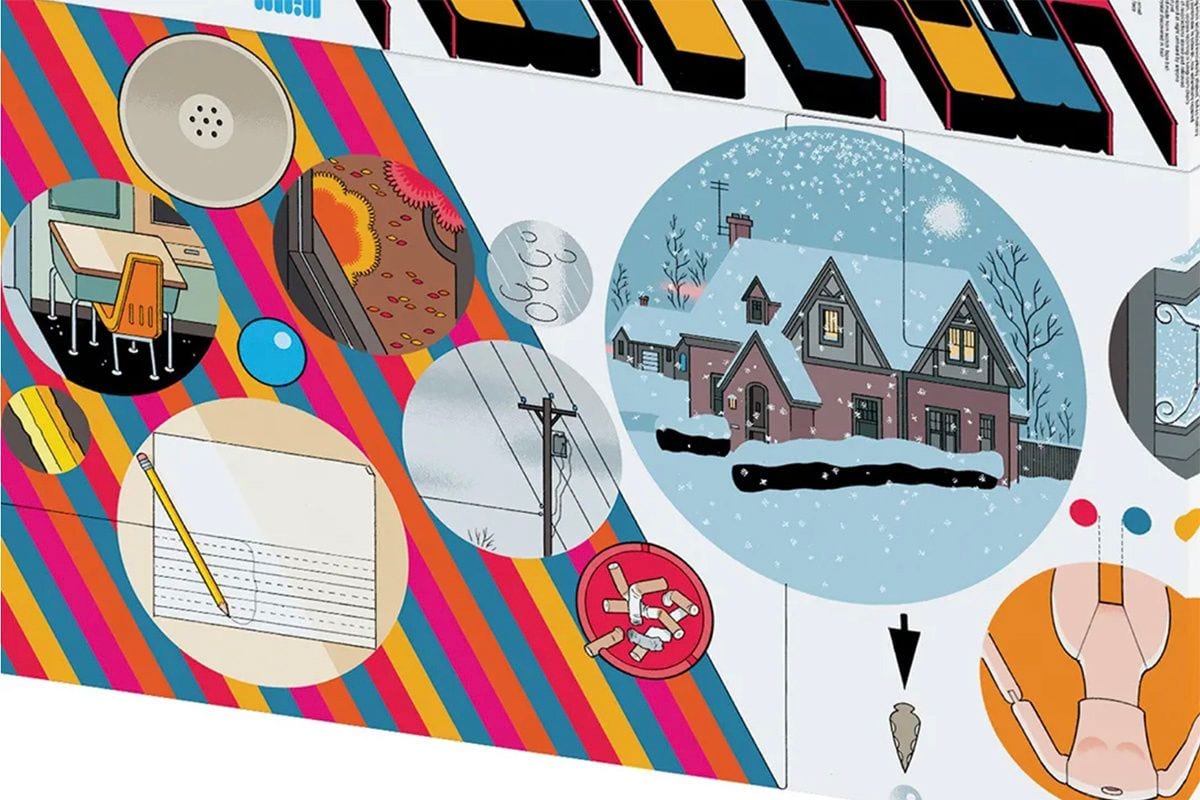
There’s little in Chris Ware’s comics that goes unexplored; sadness, disappointment, joy, love, among others are all represented, though he does tend toward the more hopeless than the hopeful. Still, they all exist in Ware’s stories, and it’s an approach that often leads the reader to simultaneously run through an emotionally fraught story while also reveling in the meticulous drawing style he’s perfected. His comic Rusty Brown, published over almost two decades and reprinted in this edition from Pantheon, is just a little different in that it brings forth more hope through one character’s story.
Ware’s talent as a cartoon storyteller is never in question, regardless of subject matter, but Rusty Brown still stands out as among his most affecting stories. Though much of the book’s content had previously been published, the larger Joanne story is new. Regardless, it’s the compilation of stories into one larger narrative that makes Rusty Brown yet another unmissable Chris Ware release. – Jessica Suarez
Read more about this book here on PopMatters.
The Sea Cloak & Other Stories, by Nayrouz Qarmout [Comma Press]
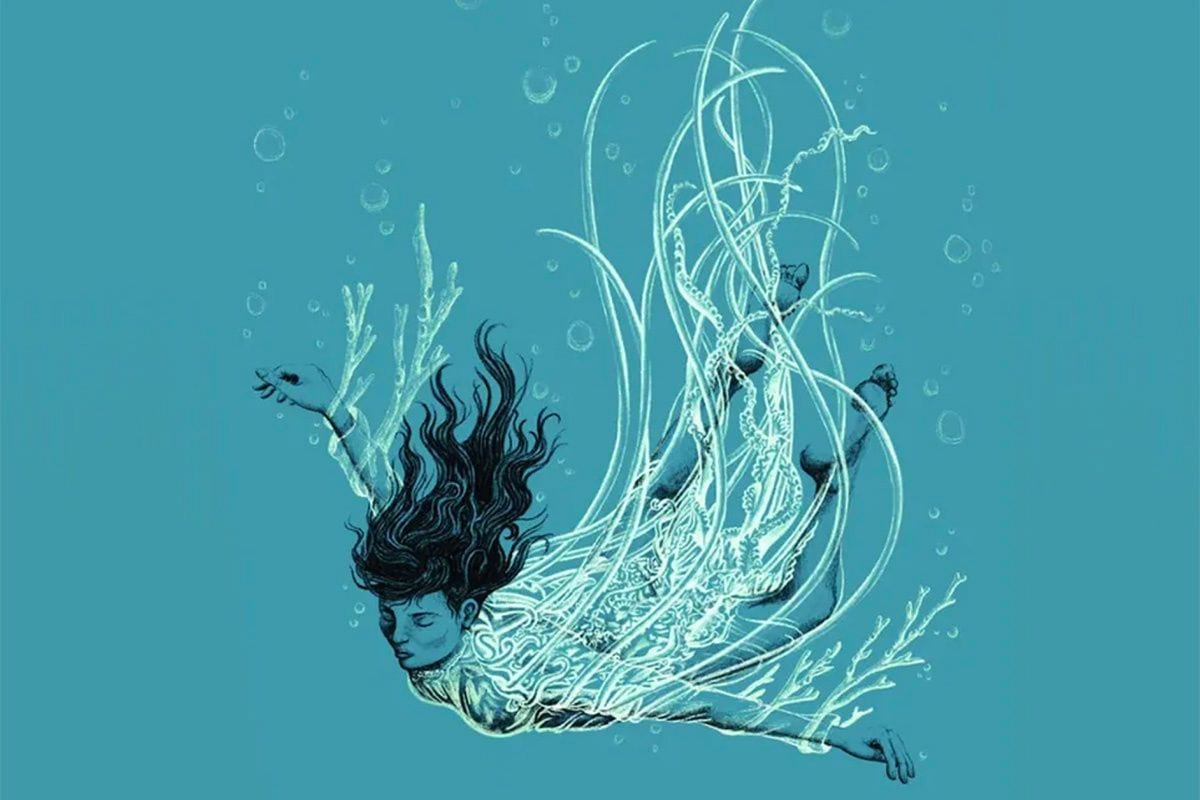
In The Sea Cloak and Other Stories, Nayrouz Qarmout’s deft, descriptive prose offers beautiful vignettes of Palestinians struggling to build lives and hope. The stories linger and envelop the reader with a prose power that their brevity belies. Qarmout focuses particularly on the experiences of women and children struggling to build lives for themselves in Gaza and Palestine more broadly, but she taps into a universality which renders these powerful stories compelling to readers of all backgrounds. Indeed, they have a preternatural beauty about them.
The Sea Cloak & Other Stories ought to be required reading for schools in the West, where it might help pierce through the fog of stereotypes and political power-games which dominate media coverage of Palestine. These stories offer a glimpse of a place full of ordinary people struggling to build lives for themselves – with all the stirring beauty that entails. – Hans Rollmann
Read more about this book here on PopMatters.
Song for the Unraveling of the World, by Brian Evenson [Coffee House Press]
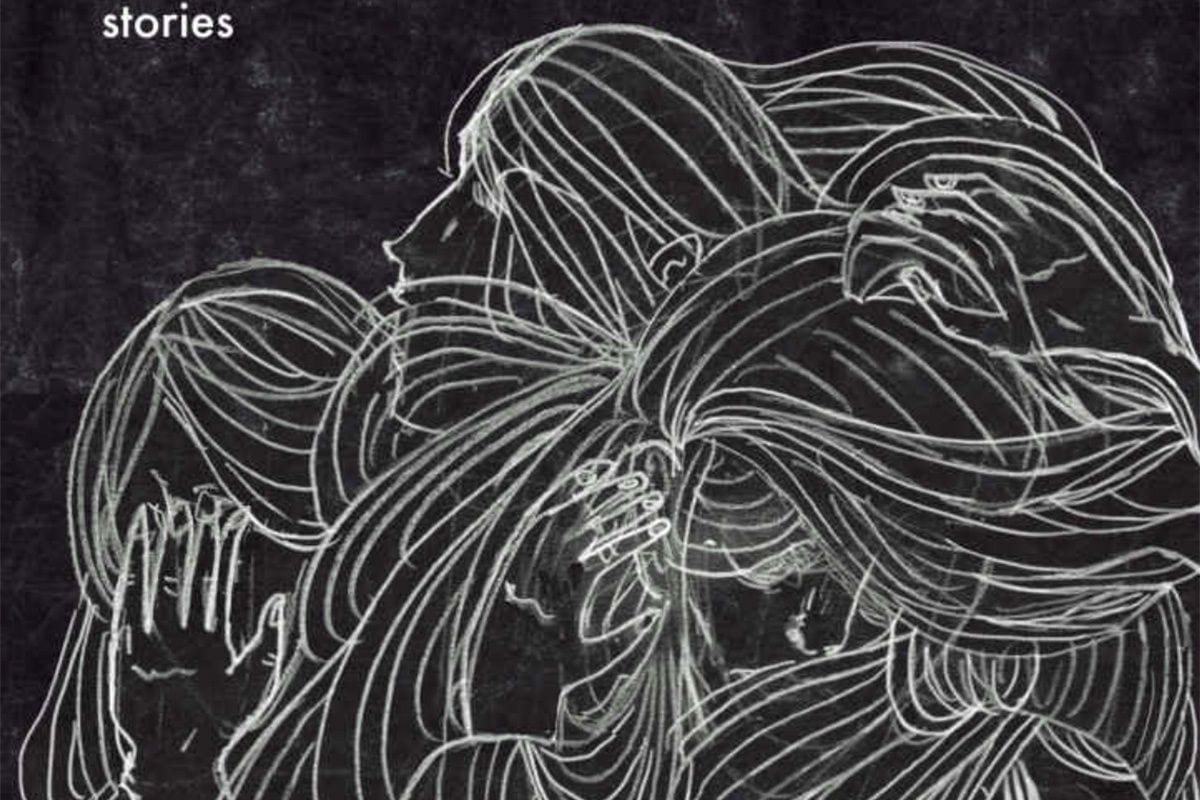
Brian Evenson’s Song for the Unraveling of the World is much loved by horror fans. He follows in many respects in the tradition of Thomas Ligotti, a writer’s writer whose work may never have gigantic mass-market appeal simply because its both deeply disturbing and more about the subtlety of the world’s darkness than jump scares and grossouts. Indeed, the title story will leave you with a sense of disquiet and wondering if you’ve just spent 45 minutes in the mind of the truly deranged…or not.
If you wonder what doll terror is all about, he wrote the tale that gives away the real secret of our fascination with such things in “The Second Door”. Then open the door, if you dare, to his story that will never leave you: “Sisters”. – W. Scott Poole
Star, by Yukio Mishima [New Directions / Penguin Books]

Much of Yukio Mishima’s work is a reflection, in different forms, of his efforts to grapple with his various demons, and in particular his quest for a sense of authenticity. This emerged in early years through an affiliation with Greco-Roman classicism, which morphed further into an obsession with body-building. Unable to reconcile his sense of identity to any discrete faith, politics, or ideology, he became consumed with the desire to control and shape himself, physically as much as career-wise. Eventually, his obsession with the ability to control and shape his physical body no longer produced the satisfaction it once did, and he moved on to a destructive, compulsive right-wing politics as a sort of end run toward suicidiality.
His struggle to ride that thin psychological balance between finding a way to live authentically and dealing with the all-consuming obsession with how he was perceived by others is reflected in much of his literature. An enjoyable read by any measure, Mishima’s posthumously published Star offers intriguing insights into the personality of its creator. – Hans Rollmann
Read more about this book here on PopMatters.
The Sweetest Fruits, by Monique Truong [Viking Books]
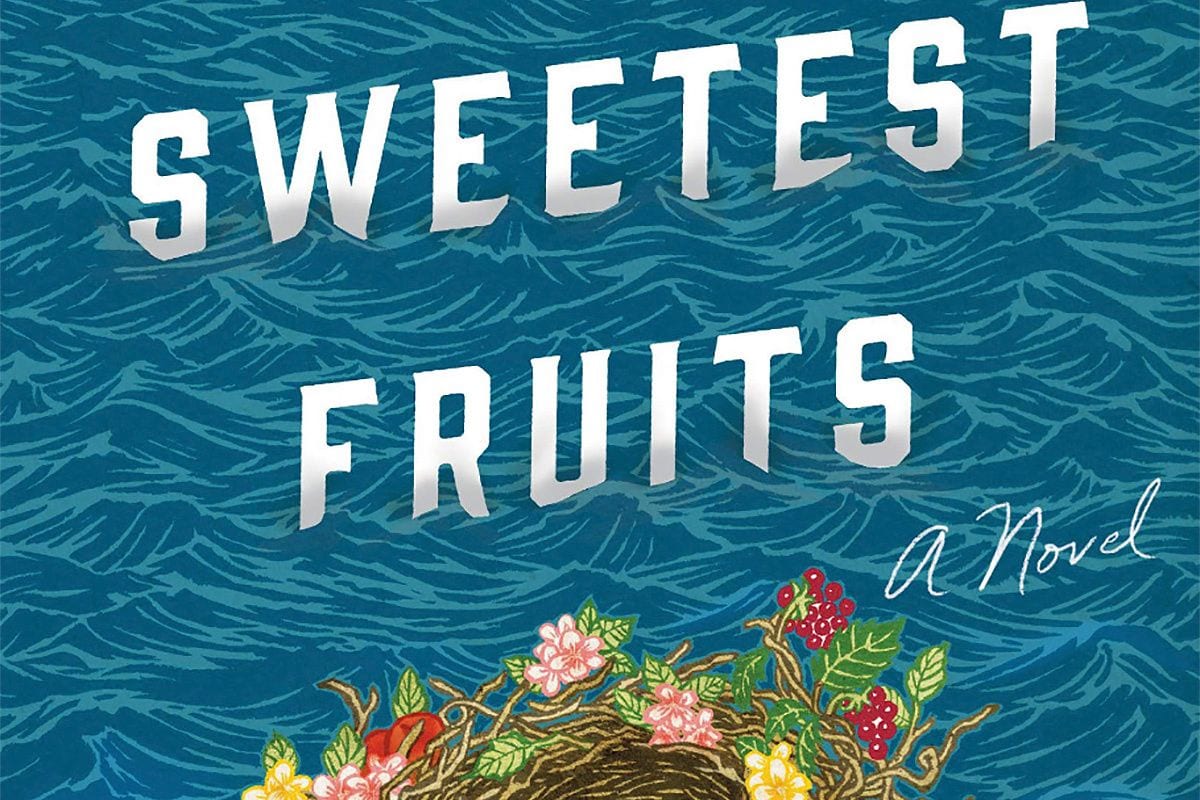
Lafcadio Hearn is highly regarded as an early writer and researcher on Japan. Although Hearn is the central subject in Monique Truong’s, The Sweetest Fruits, the book is not really about him. Hearn is the common axle around which their tales turn, yet this rich historical novel is fundamentally about the lives of three women: his mother and his two wives. Hearn is a prominent component in their lives (for better or for worse, and often for worse) yet he is ultimately incidental to the story told in these pages. And a beautiful, moving story it is.
Truong deserves considerable praise for the beautiful, complex story she has wrought in this novel (for which she conducted extensive historical research, spending time in each of the locales that feature in the tale). As a moving, poignant novel it is magnificent; as a recontextualization of malestream history, it is long overdue. – Hans Rollmann
Read more about this book here on PopMatters.
The Testaments, by Margaret Atwood [Nan A. Talese]

The second life of Margaret Atwood’s novel The Handmaid’s Tale, with its zeitgeist-sparking narrative about an evangelical-ruled America (renamed Gilead) in which women’s lives are considered important only as far as their fertility, has been as exciting as the reasons for its success have been horrifying. Since its 1985 publication, Atwood has been busily crafting a reputation as one of the era’s most effective crafters of dystopian narratives—particularly with the Oryx and Crake series, whose themes of environmental collapse, human hubris, and wanton cruelty each resonate ever more darkly in our time.
With The Testaments, a surprise sequel to The Handmaid’s Tale—whose TV adaptation has exploded the world of the book and keeps finding newer ways to shade the realities of everyday life in a fascist theocracy—Atwood has lost none of her political bite but is drawing ever more on the thread of wicked black humor that has characterized much of her recent work (see 2015’s The Heart Goes Last). To give away too much of the plot would be a shame, but suffice it to say that its threaded storylines about characters — from Offred’s daughter (raised in Canada but still under threat from Stepford-like Gilead agents known as the Pearl Girls) to Aunt Lydia (the reason for much of Offred’s torment, revealed now to have a secret that may not be as morally affirming as she imagines) — build a narrative flashing with that mixture of hope, despair, and the odd sick joke that is standard issue for survival under totalitarianism. The Testaments is a more than worthy sequel. – Chris Barsanti
Read more about this book here on PopMatters.
You Know You Want This: “Cat Person” and Other Stories, by Kristen Roupenian [Simon & Schuster]

More often than not, in a debut short story collection the story so loved or at least respected in isolation is weighed down by hype, great expectations, and ultimate failure. The writer can’t be that good. But all the cynical perspectives many of us take on when reading the work of a new voice — in this case, after all the hype of short story “Cat Person” — are eliminated after the first story in Kristen Roupenian’s You Know You Want This, “Bad Boy”, and things get darker from there.
“Scarred” will remind the reader of elements in Walter Mosley’s The Man in My Basement. “The Boy in the Pool” is probably the least strong story here, but that’s tantamount to being the smallest jewel in a blindingly sparkling crown. Indeed, You Know You Want This, brings forth a dozen brilliant and beautifully unapologetic dark visions from this fearless new writer. – Christopher John Stephens
Read more about this book here on PopMatters.
Honorable Mentions
Editor’s note: Articles on the following books were received and published after this feature, “PopMatters‘ The Best Books of 2019: Non-Fiction” published. We thought we would add them here, anyway, to showcase additional books released in 2019 that we really enjoyed and recommend to you.
False Bingo, by Jac Jemc [Farrar, Straus & Giroux]
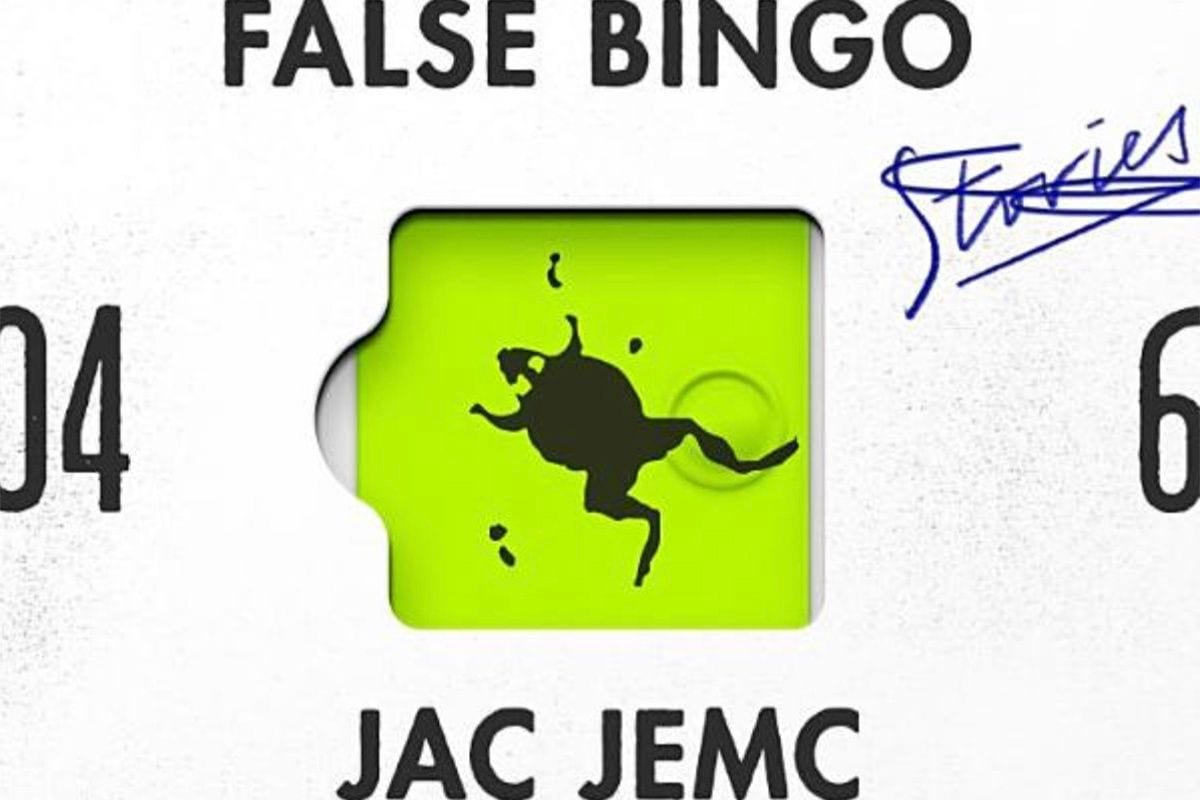
Not wanting the game to end. That’s the impulse that Jac Jemc probes over the course of False Bingo‘s 20 stories, many of which are filled with scenes of games and other gamified group activities. It’s an impulse that’s as universal as it is perverse, loaded with narcissism and unfounded expectations.
I was reminded of how often I’ve looked at the news in the past few years, waiting for the most terrible revelation. We are all primed for the worst at all times, though we hesitate to call it the “worst”. At the same time, we are dying for the worst to hurry up and get here, for the game to end one way or another.
Jemc is a gifted writer of a certain kind of literary suspense. The stories in False Bingo are wound tight, propelling the reader to ambiguous and nerve-wracking ends. – Max McKenna
Read more about this book here on PopMatters.
Grass, by Keum Suk Gendry-Kim [Drawn & Quarterly]

Keum Suk Gendry-Kim’s powerful graphic novel Grass tells the story of WWII Korean comfort women – a term “widely used to refer to the victims of Japanese sexual slavery,” the author explains. Gendry-Kim’s vantage into this experience comes from Granny Lee Ok-sun, a survivor who shares her life story with the author.
The artwork in Grass is stark: panels are dark and full of shadows, shading into crepuscular obscurity at especially brutal points of the story. The characters themselves are striking — adults gaunt and angular; children softer and less defined — sketched into black and white panels that make for an appropriate depiction of the grim tale. The author’s black-inked landscape vistas are breathtaking. The narrative alternates between Granny Lee’s childhood and youth, and the sometimes fraught present-day dialogue between Gendry-Kim and Lee as the author tries to gain her confidence and learn her story.
This is an incredibly powerful and urgent work that, frankly, should be read by the governments of all nations that must face, admit to, and begin real repatriations for their country’s atrocities.
Read more about this book here on PopMatters.
Tiny Love: The Complete Stories, by Larry Brown [Algonquin]
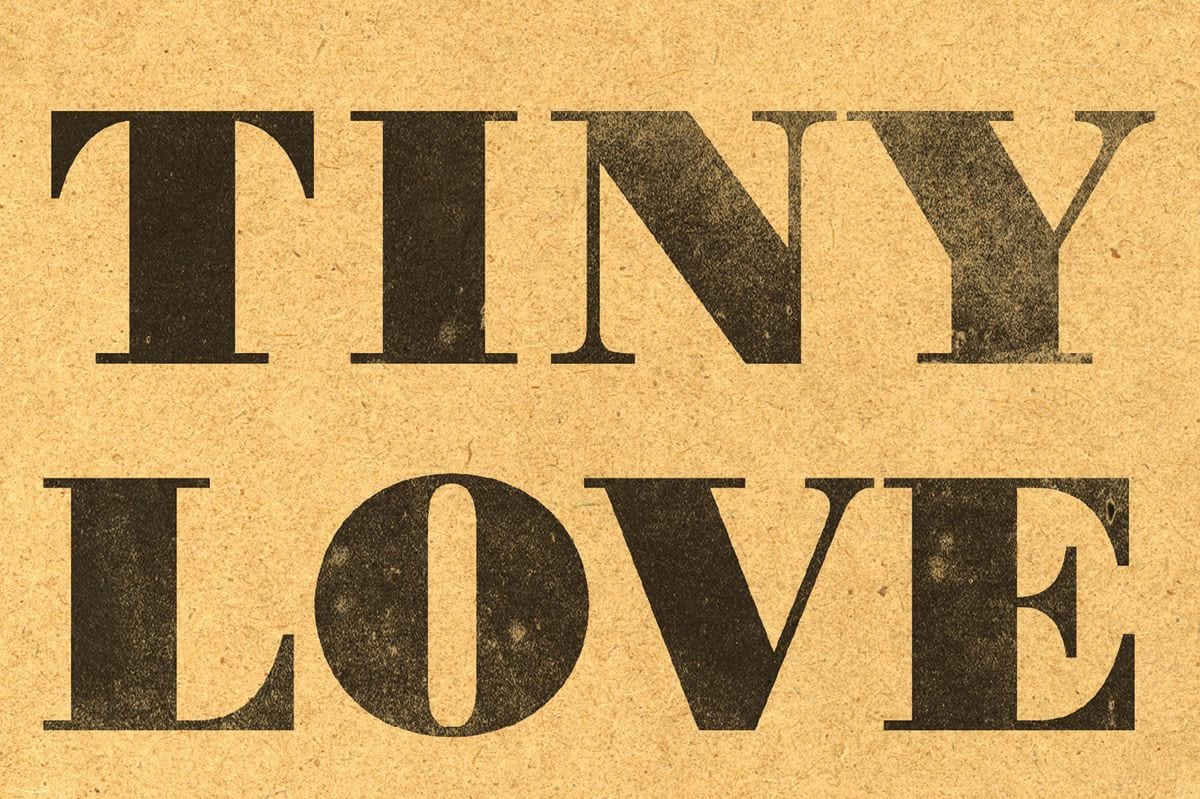
Although his works evoke Charles Bukowski, Flannery O’Connor, Carson McCullers, and William Faulkner, Larry Brown’s unapologetic characters were always his own. They’re unapologetic, yet humble enough to know their limits and the economic forces working against them. They succumb to poor impulse control and temptations of all sorts.
Brown is a master of form and substance, leading us through something that seems tedious but becomes wondrous in its carefully contrived simplicity. – Christopher John Stephens
Read more about this book here on PopMatters.
Engaging with a work of fiction is, at its best, a daring process for both parties. The writer expects the reader’s mind to be pried open, be it persuaded by a delightfully ticklish feather or forced by a cold rusty crowbar. No matter. The reader submits. But it better be worth it.
We have some lighter works in our favorites of 2019 — the art of Joni Mitchell, the imagination of Elizabeth Gilbert — we certainly need such sweetness to give light to these crushing times. But some of the best works of fiction here do not offer us a pretty view out of an open window; they drag us to the broken shards of glass scattered outside that window and force us to reflect upon each jagged piece.
Notably, graphic works straddle the non-fiction and fiction favorites this year. Perhaps for fiction that means that sometimes the best way to tell the truth is to show it with pictures.
What follows, in alphabetical order by title, are the best non-fiction works PopMatters’ contributors read in 2019 and think you should know about. Trust us, it’s worth it.

